
Sometimes it is fun to take a different look at what the subject might be. Is it the blossoms in focus or the design element? And what is proper exposure anyway?
This blog features my Japan related photography, photography tips and publically shareable highlights from my photography and visual media business. (www.genkiartmedia.com)

Sometimes it is fun to take a different look at what the subject might be. Is it the blossoms in focus or the design element? And what is proper exposure anyway?

Cousins doing on-location photography in Tokyo with PhotoTour.Tokyo. Photobombed by seagulls and rainbow bridge in background.
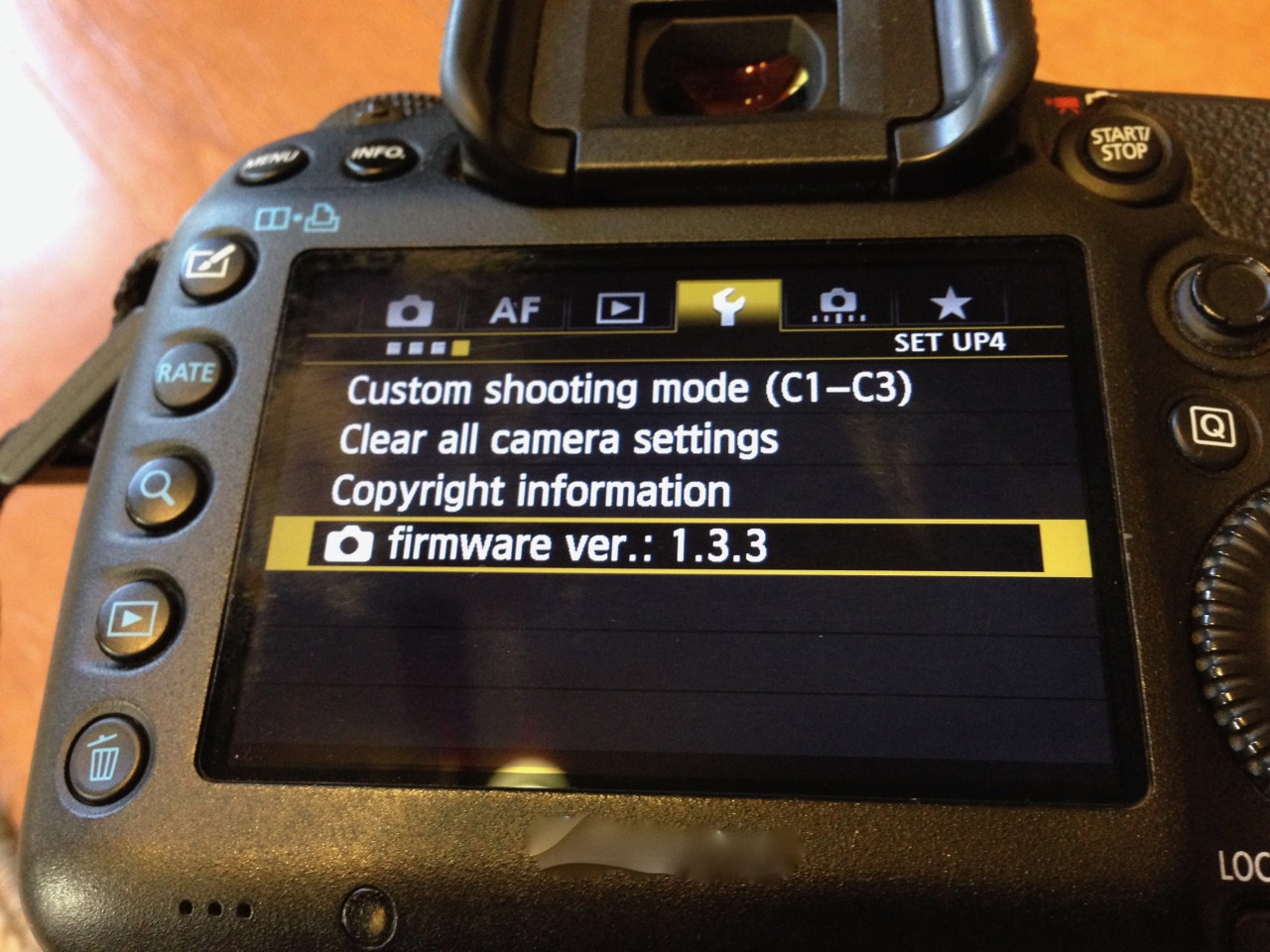
Keep your firmware up to date. Firmware is the camera software which runs the internal system, just like your other devices updates are made to improve features and fix bugs. If you want the best results keep it up to date. Check the firmware version on your camera’s menu, look up what the latest version of firmware for your camera is on the manufacturers website and download the firmware per instructions. You may also have the option to bring it to the manufacture’s repair shops. I ask for it to be done when I get my cameras cleaned.

Big Tree, Strong Lighting and Colorful Foliage
Captured at Kyu-Furukawa Koen (Garden) between portraits on November 23, 2016.
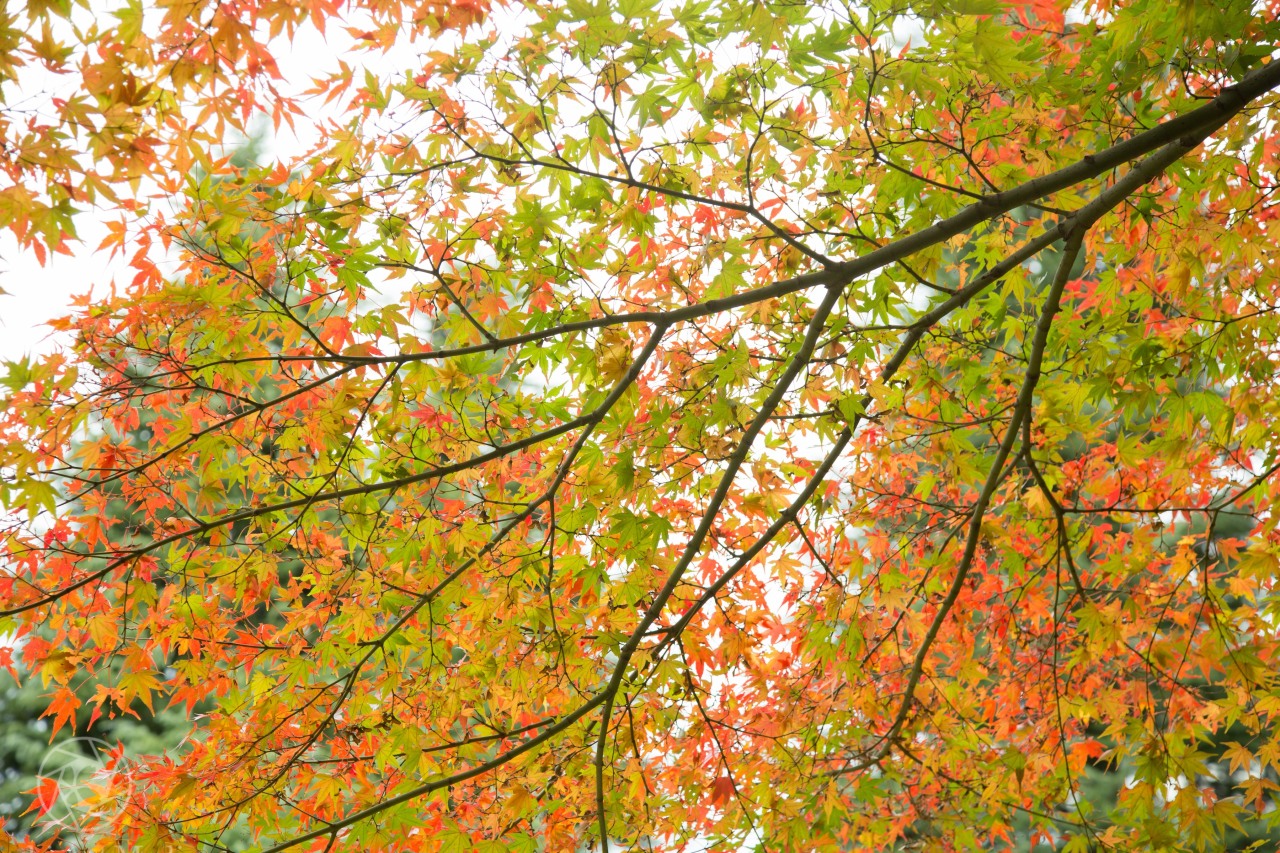
Yesterday this, today snow
Taken at Kyu-Furukawa Garden, Tokyo.
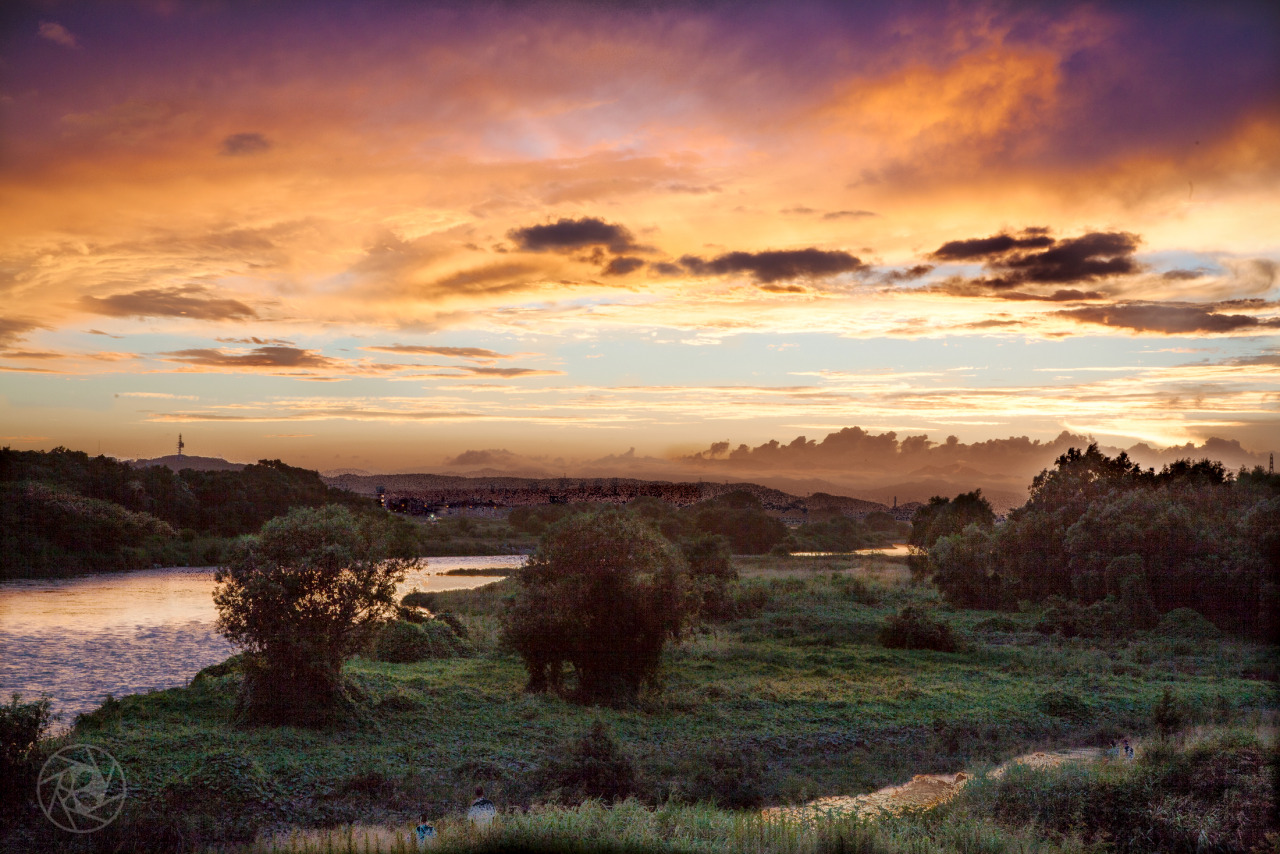
Sunset over Tama River
I find it’s a good idea to look over old pics from time to time, sometimes there are some good ones which were overlooked. This was from summer 2015.

Japanese-English bilingual Yoga instructor Eriko T is demonstrating a pose. If you’re in Tokyo and want to study Yoga contact her here.
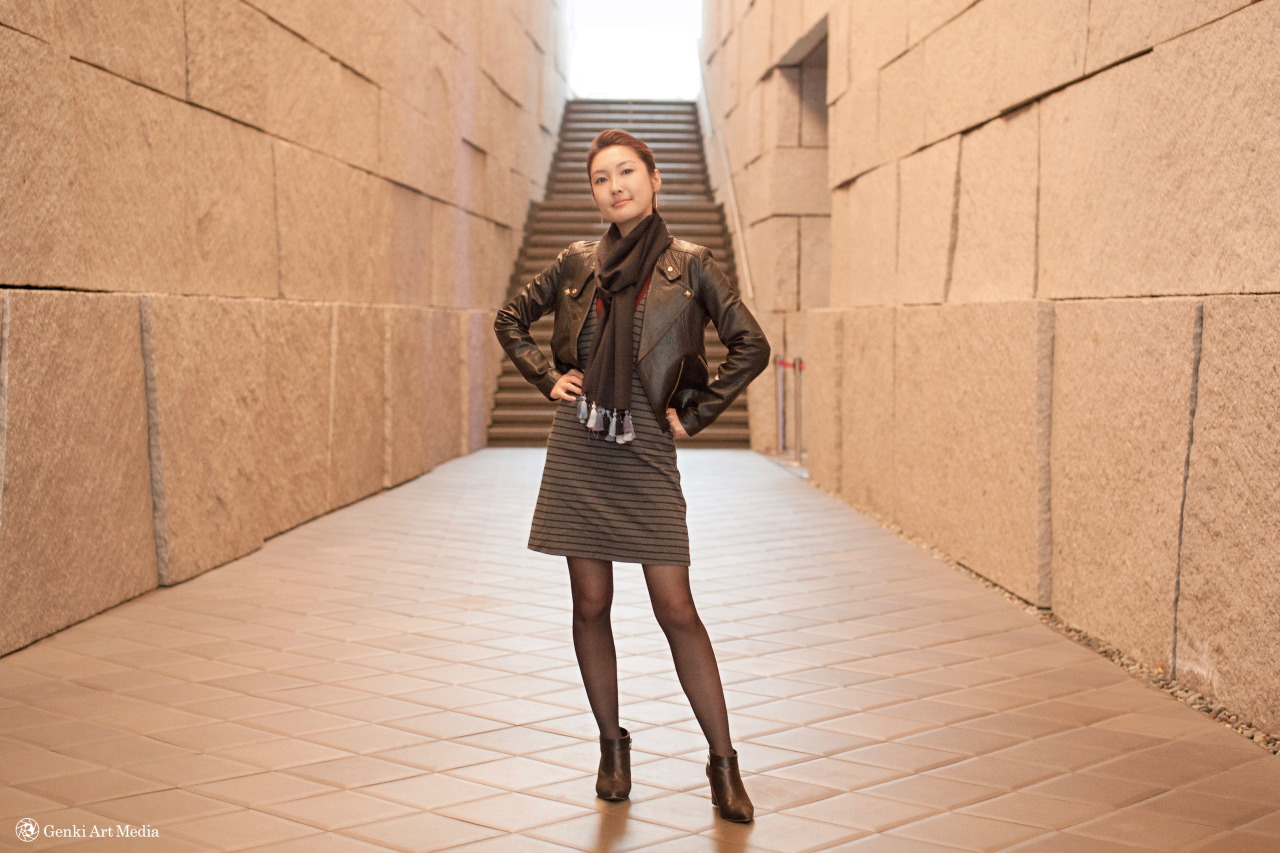
Miki sporting Tokyo fall fashion in Omotesando. Taken with natural light only.
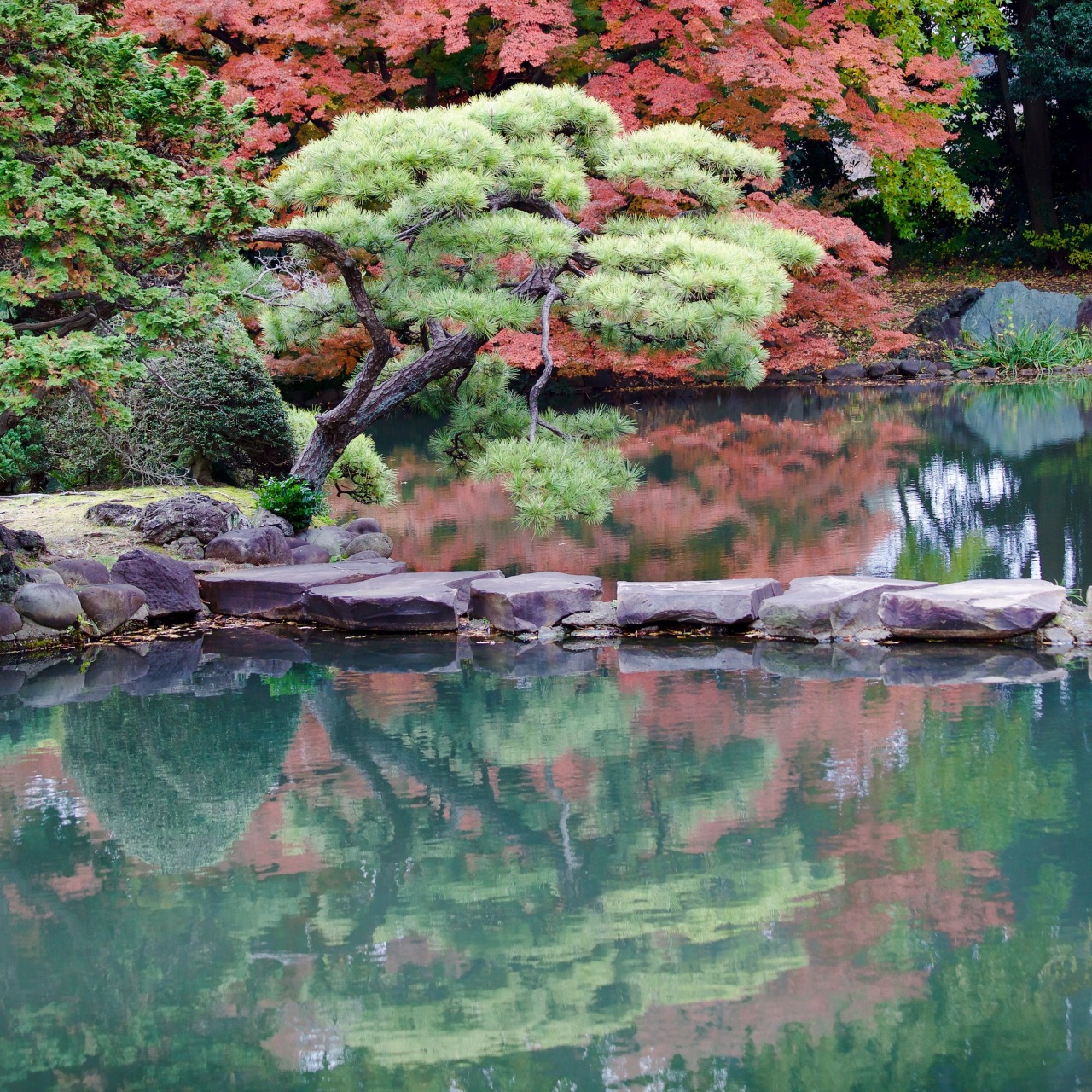
Water Color Extreme.
Taken on a photo-walk in Shinjuku Gyoen (Gardens) in 2015.

Low available light can be moody light.

Splash of fall color
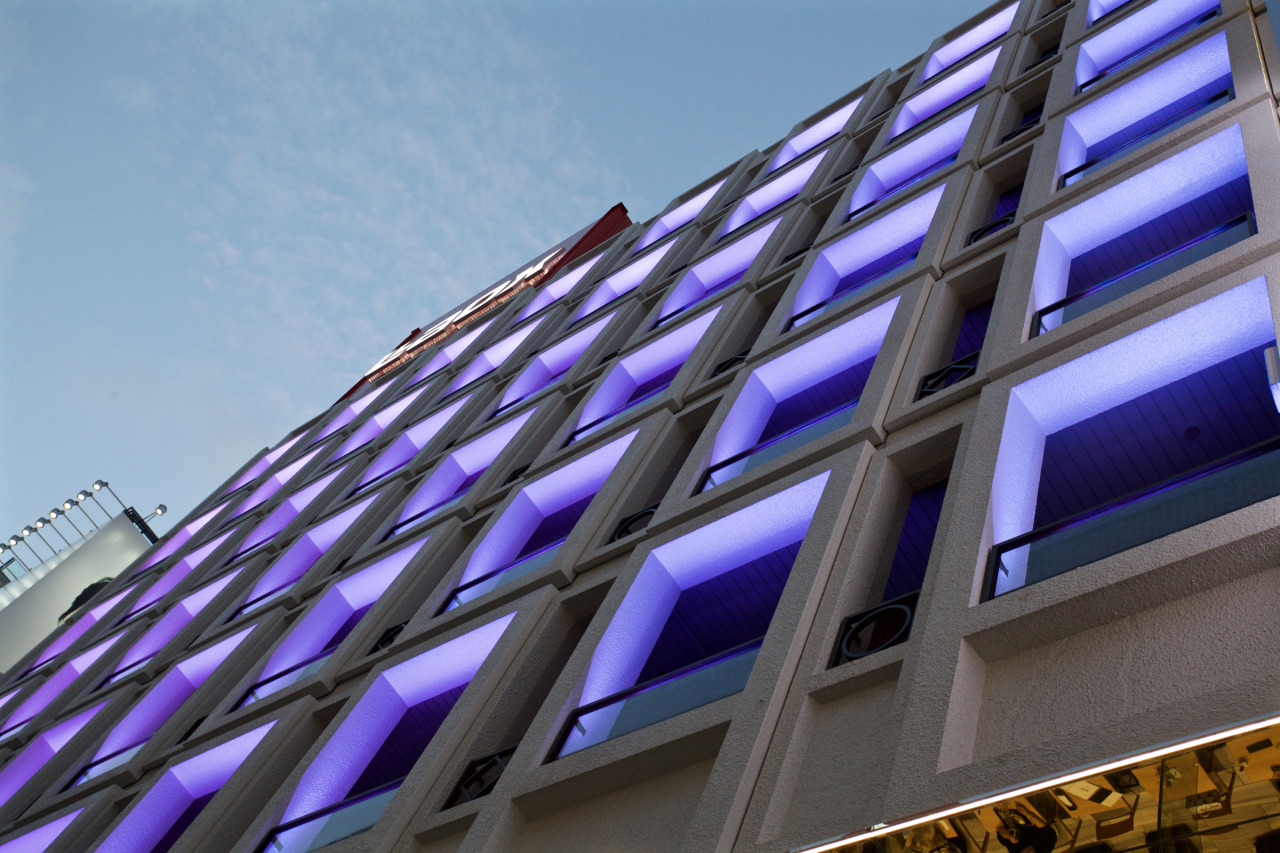
Violet windows in Ginza

Store clerk in blue and pink in Harajuku, Tokyo.
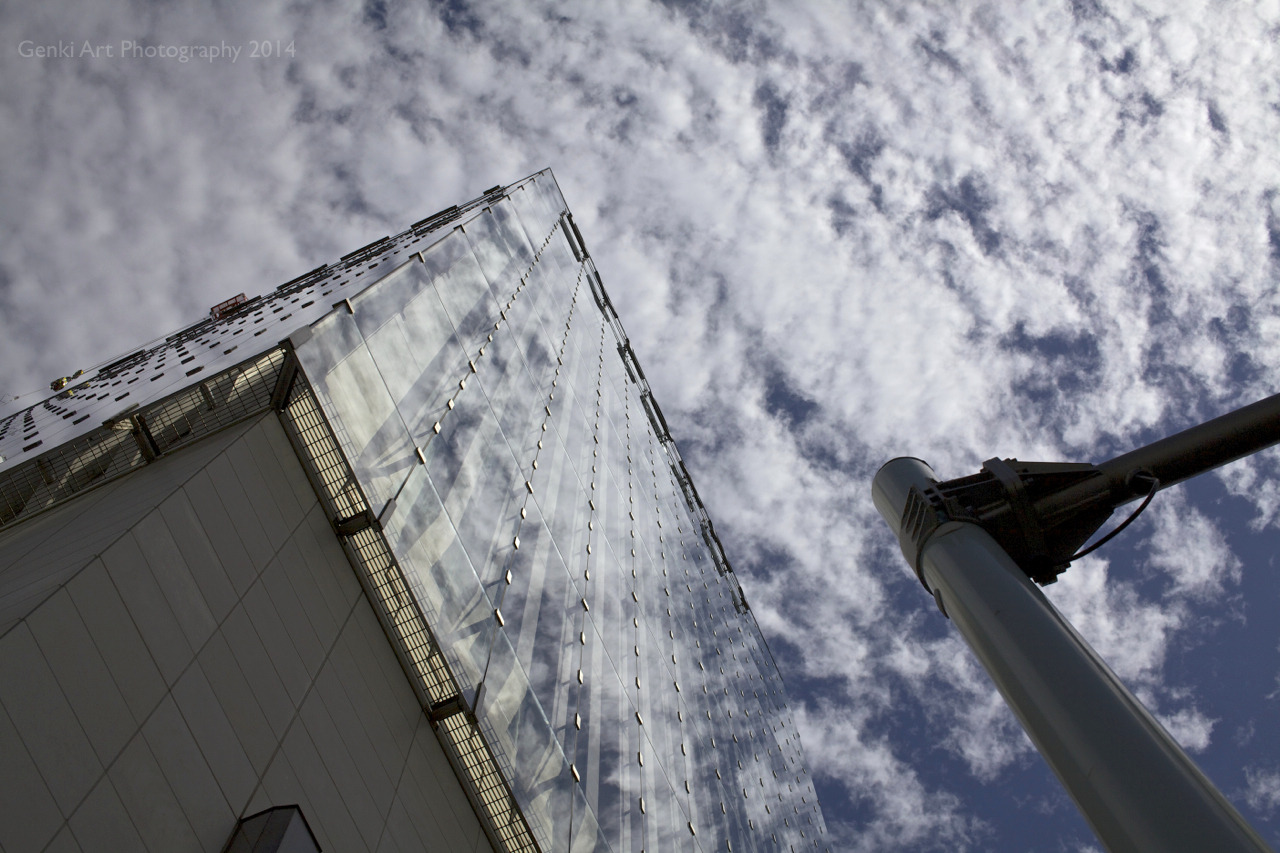
Hard reflective geometric surfaces consumed by soft puffy sky – another type of balance.
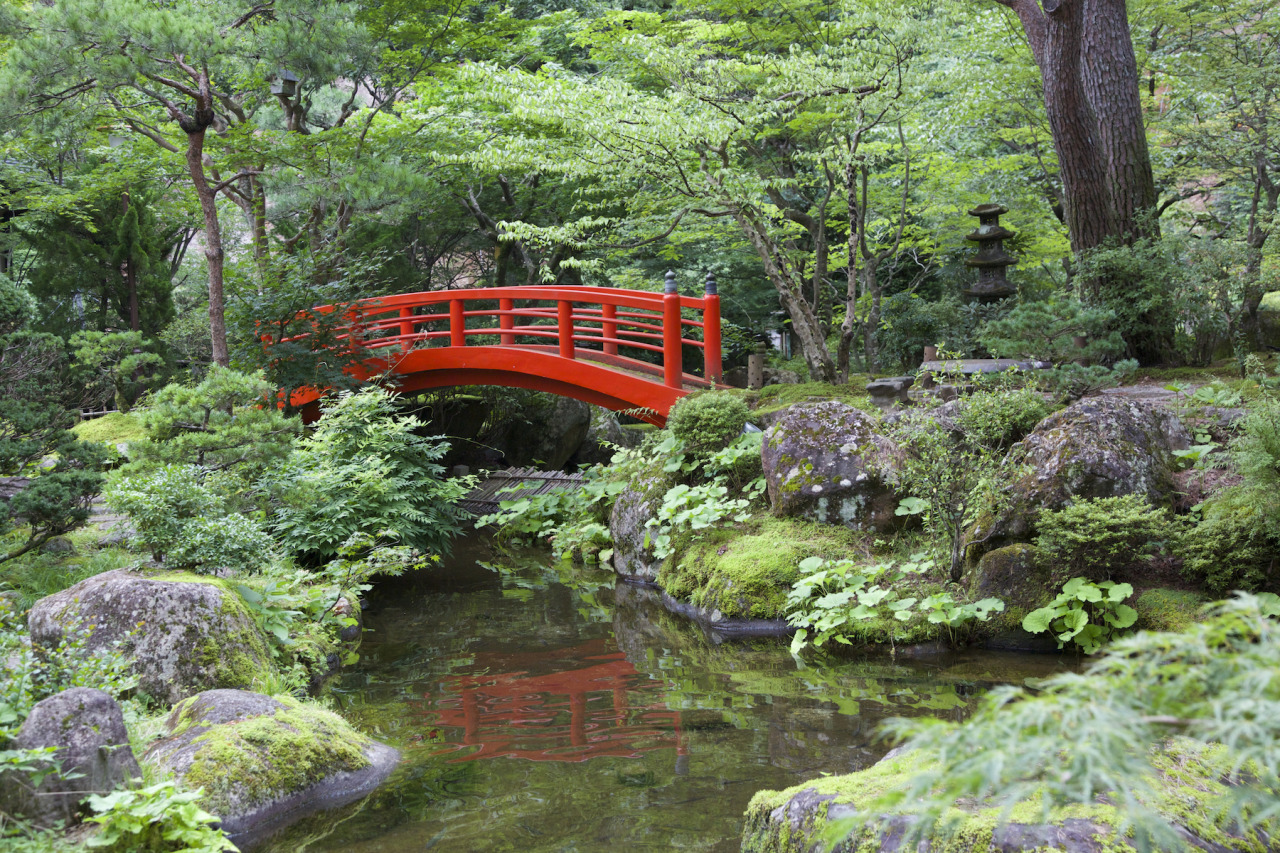
Tsuchiyu Onsen Garden in Fukushima Prefecture. A storybook layout.
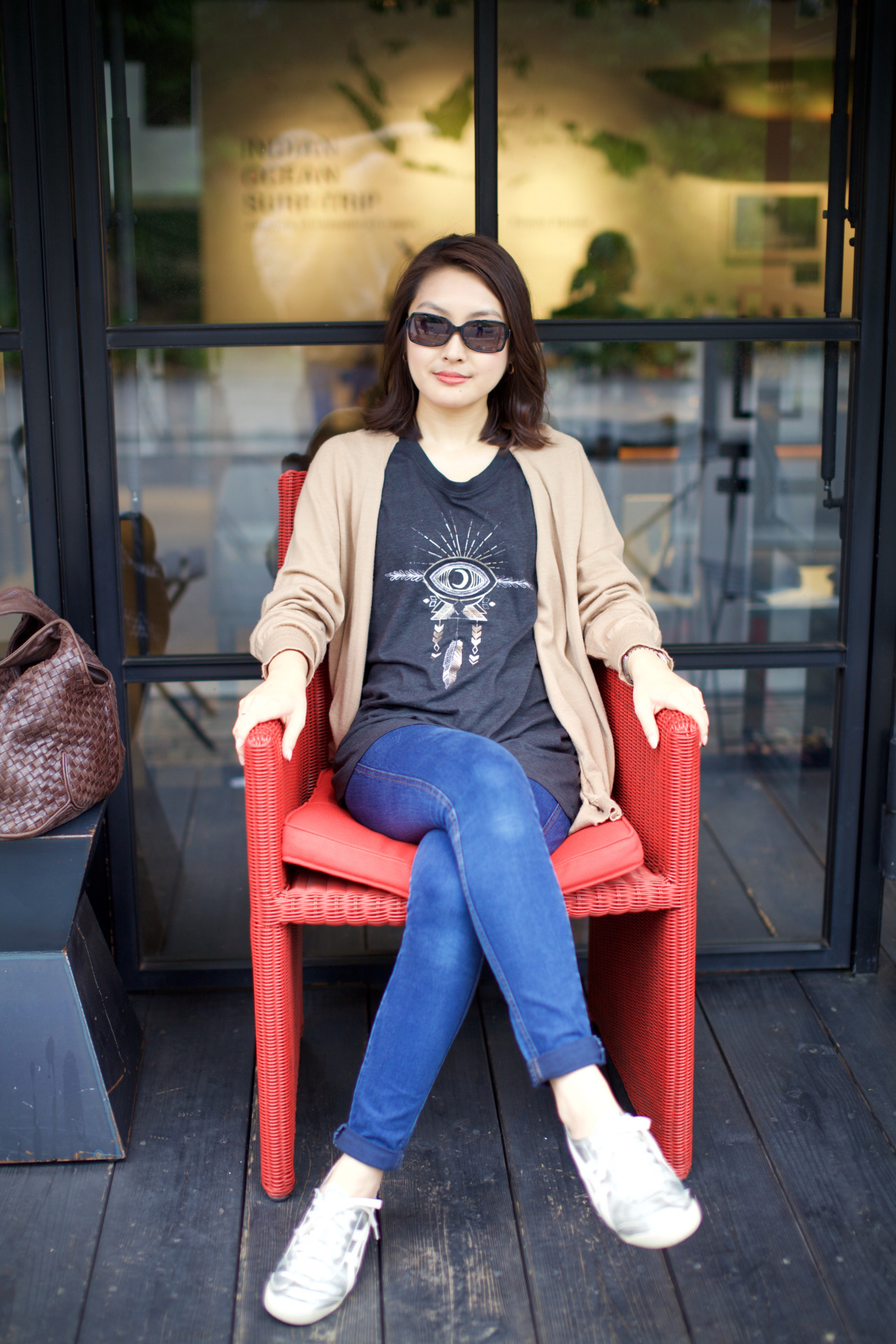
Mysterious lady in red chair.
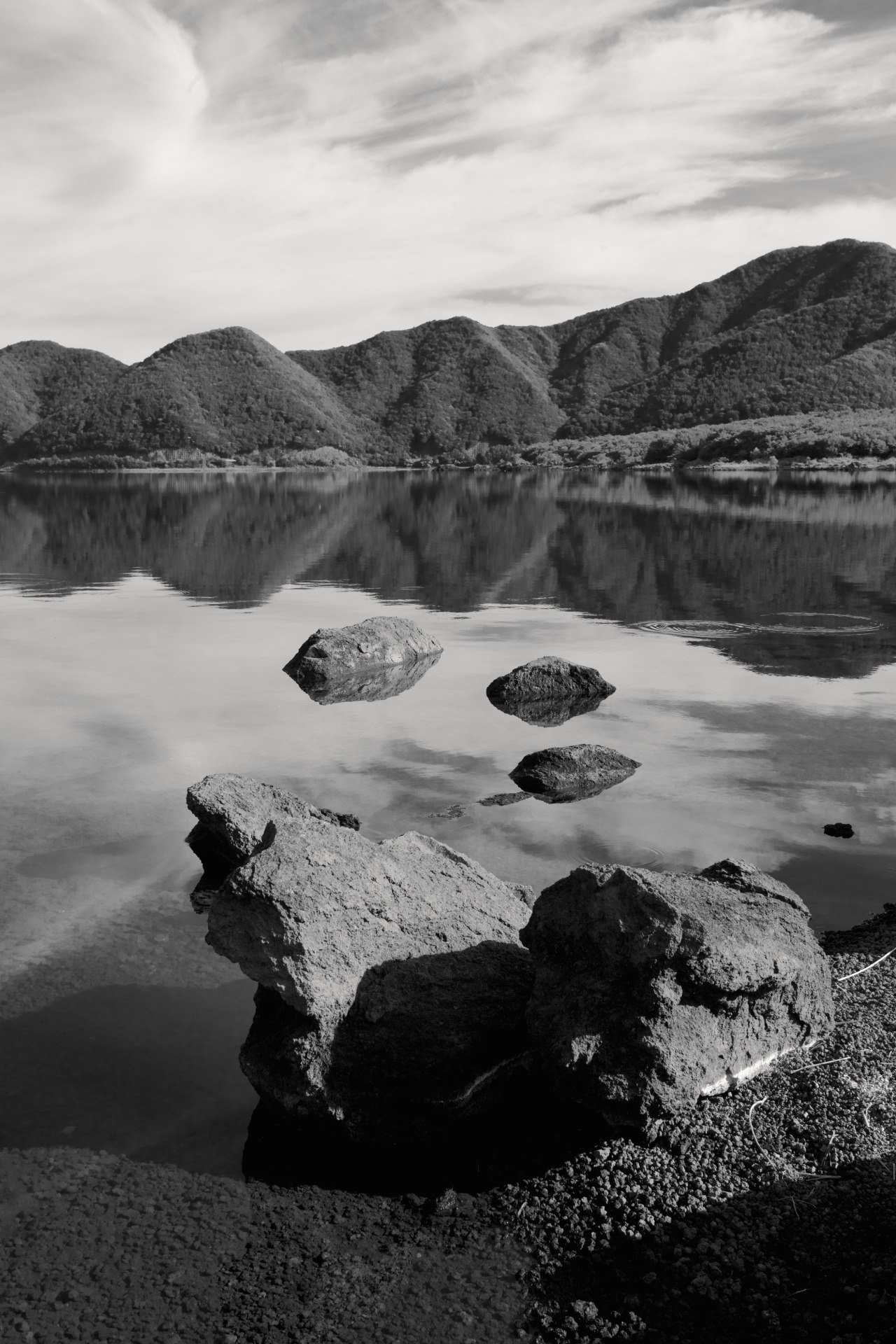
Grey tones and balance at lake Motsuko
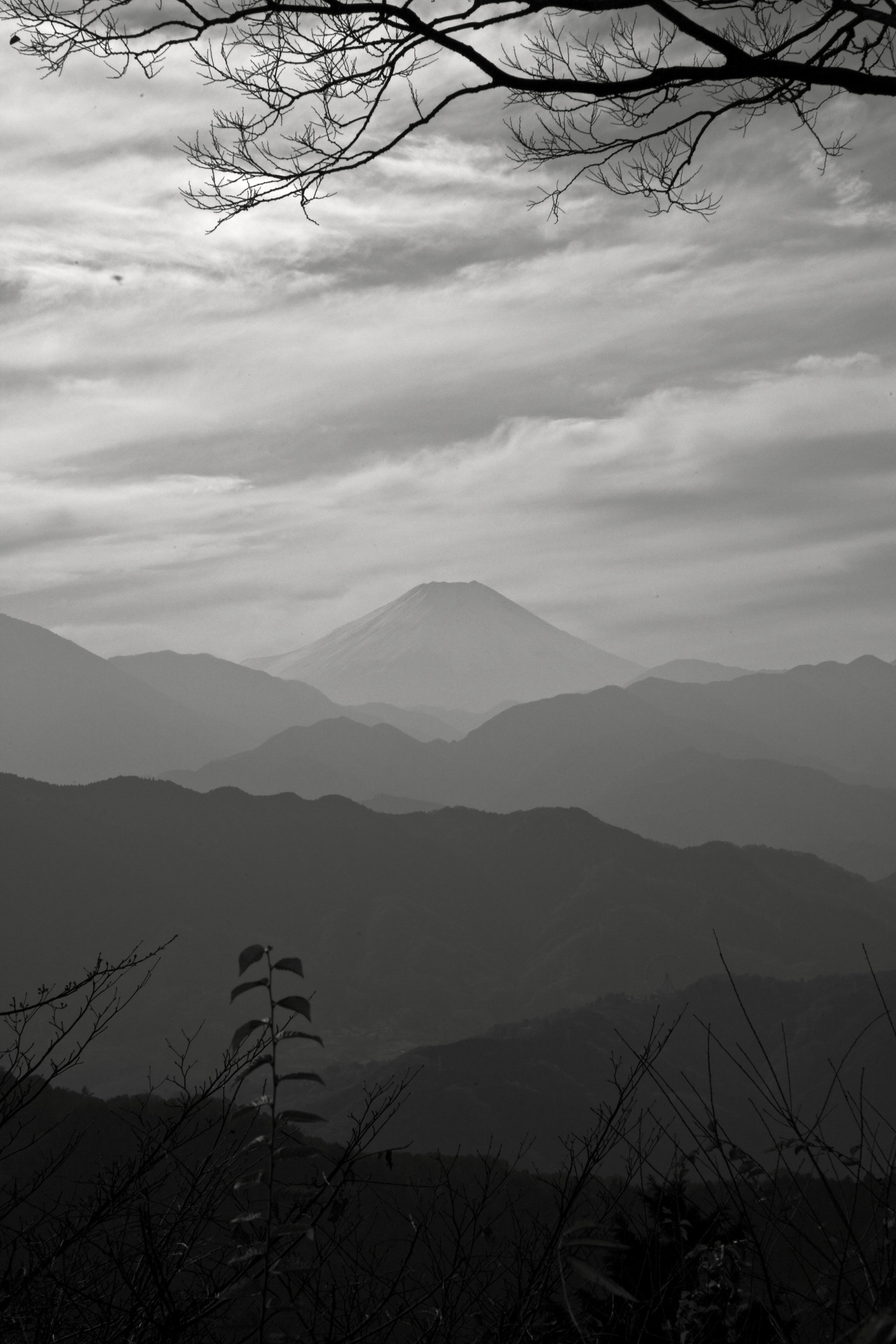
Layer, Layer, Layer, Gradation, Gradation, Gradation
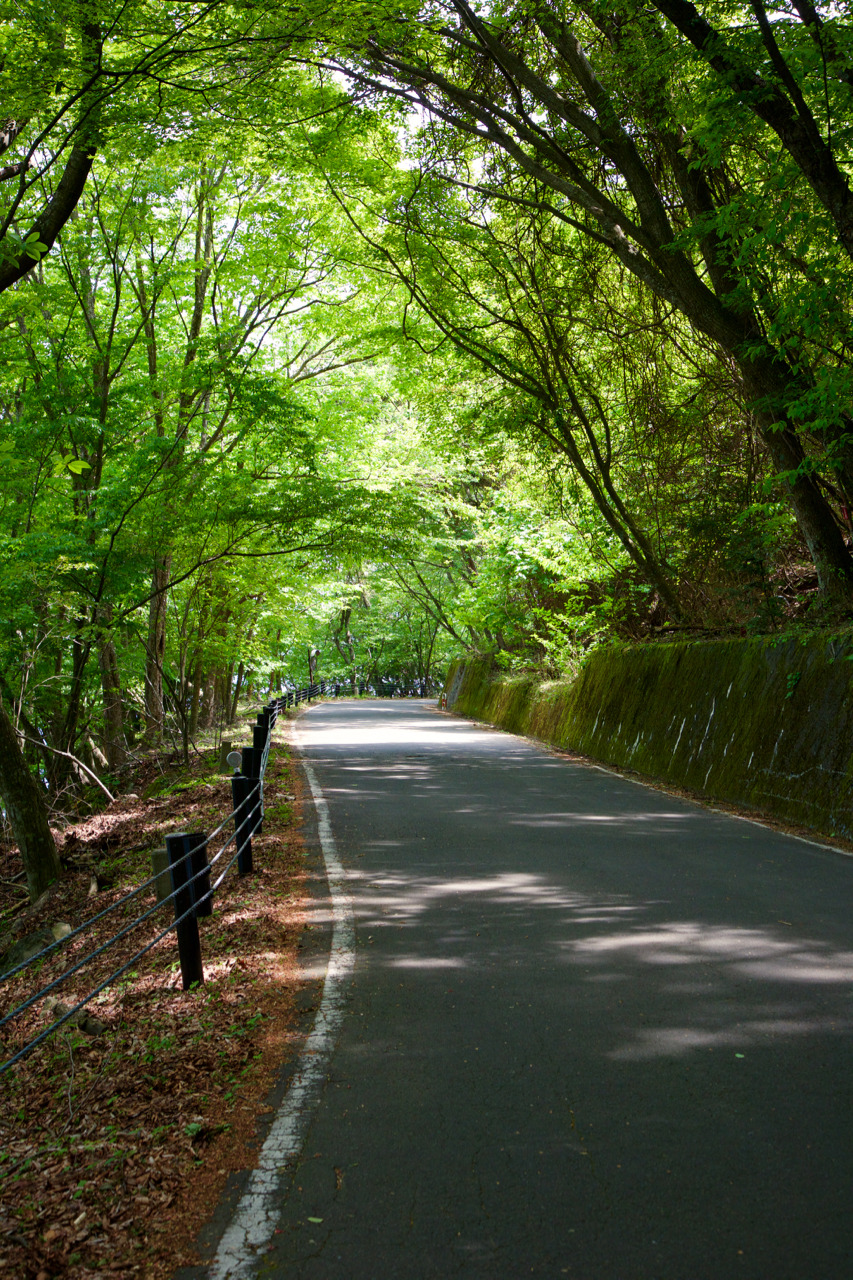
If you feel like you can just walk out on to the road, then I did something right.

If something captures your attention, figure out why, and then set your camera with purpose to capture the why for others to see.
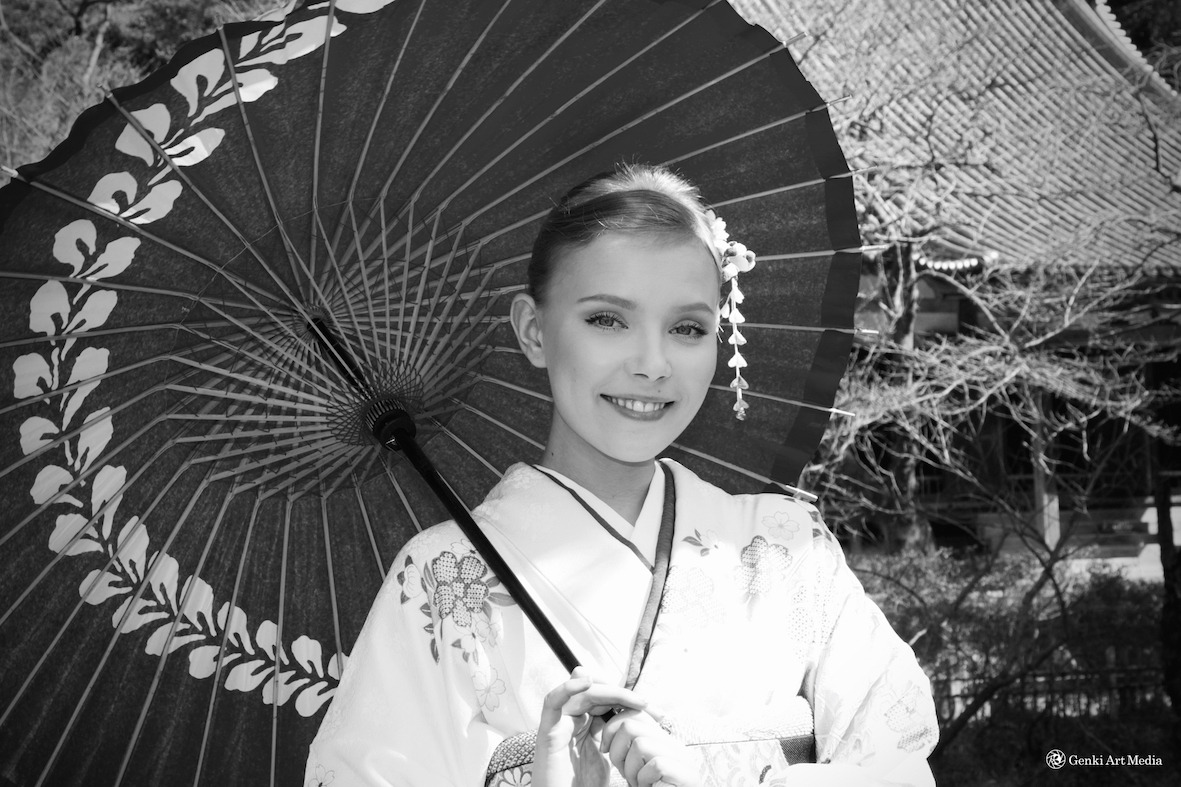
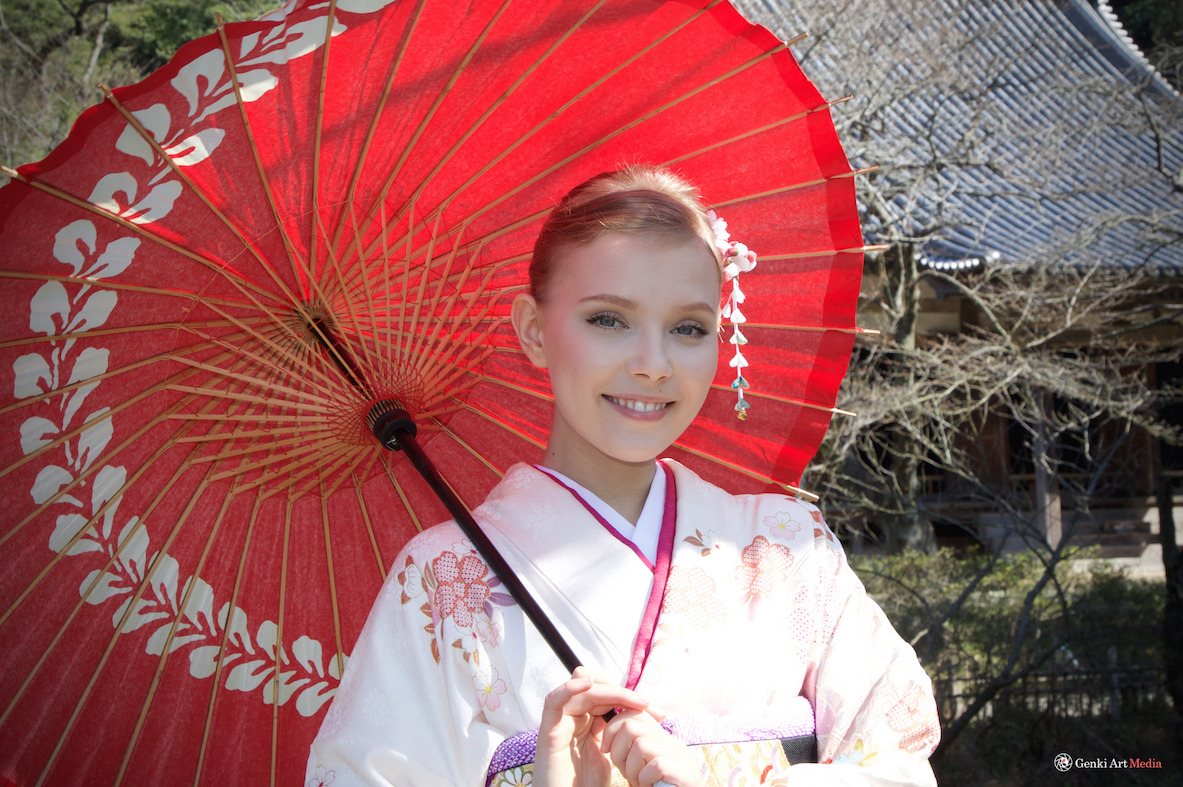
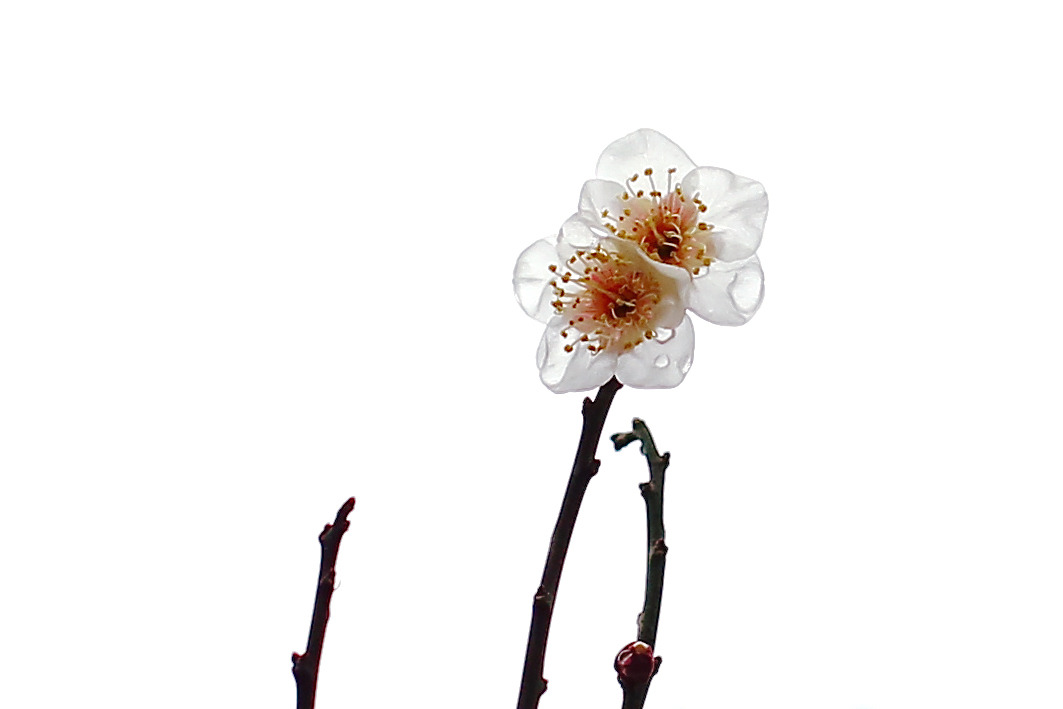
The plum blossoms started appearing in my neighborhood, is Spring sneaking up on us?
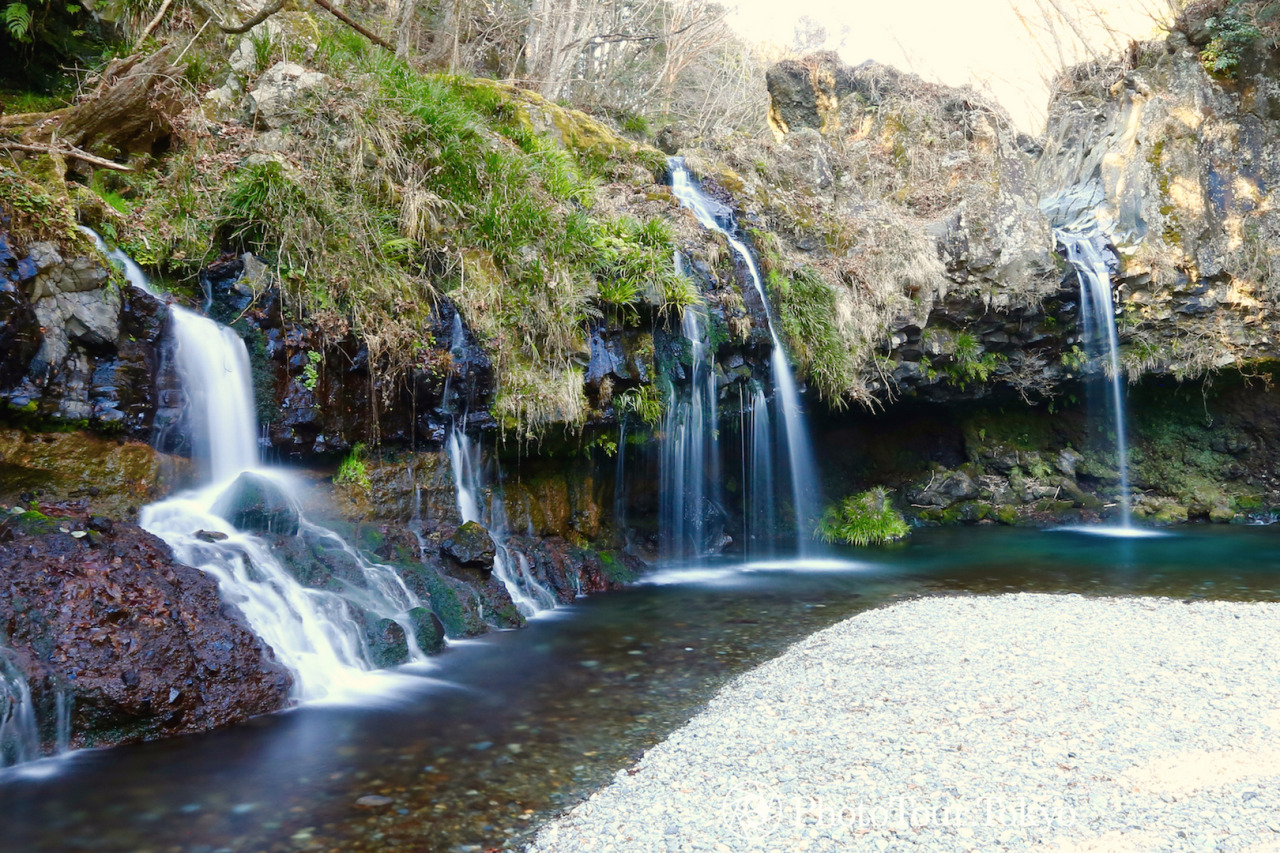
Photo Tip: When to use a tripod.
I was recently asked by a friend, when should I use a tripod? The short answer is whenever you want to hold your camera very still, such as long exposures, multiple exposures and when you desire to close down your aperture as much as possible without cranking up the ISO, but there are other good reasons to use them as well. Certainly night photography can greatly benefit from tripods and as far as I’m concerned they are essential for detail oriented table top product photography. Also if you are shooting a series of photos at the same location with changing subjects (models) all requiring to be framed the same way the tripod is your solution. Even for exposures which could be taken with steady hands a tripod and a camera remote allows you to step away from the camera and do other things such as hold up a reflector. Similarly medium slow exposures may benefit from tripods as well, as it allows you to create ambiance with micro movement blurs, such as wind blowing a model’s hair. The use of a tripod is both a technical and artistic consideration and is different for every photographer.
This pic was taken near Mt. Fuji.
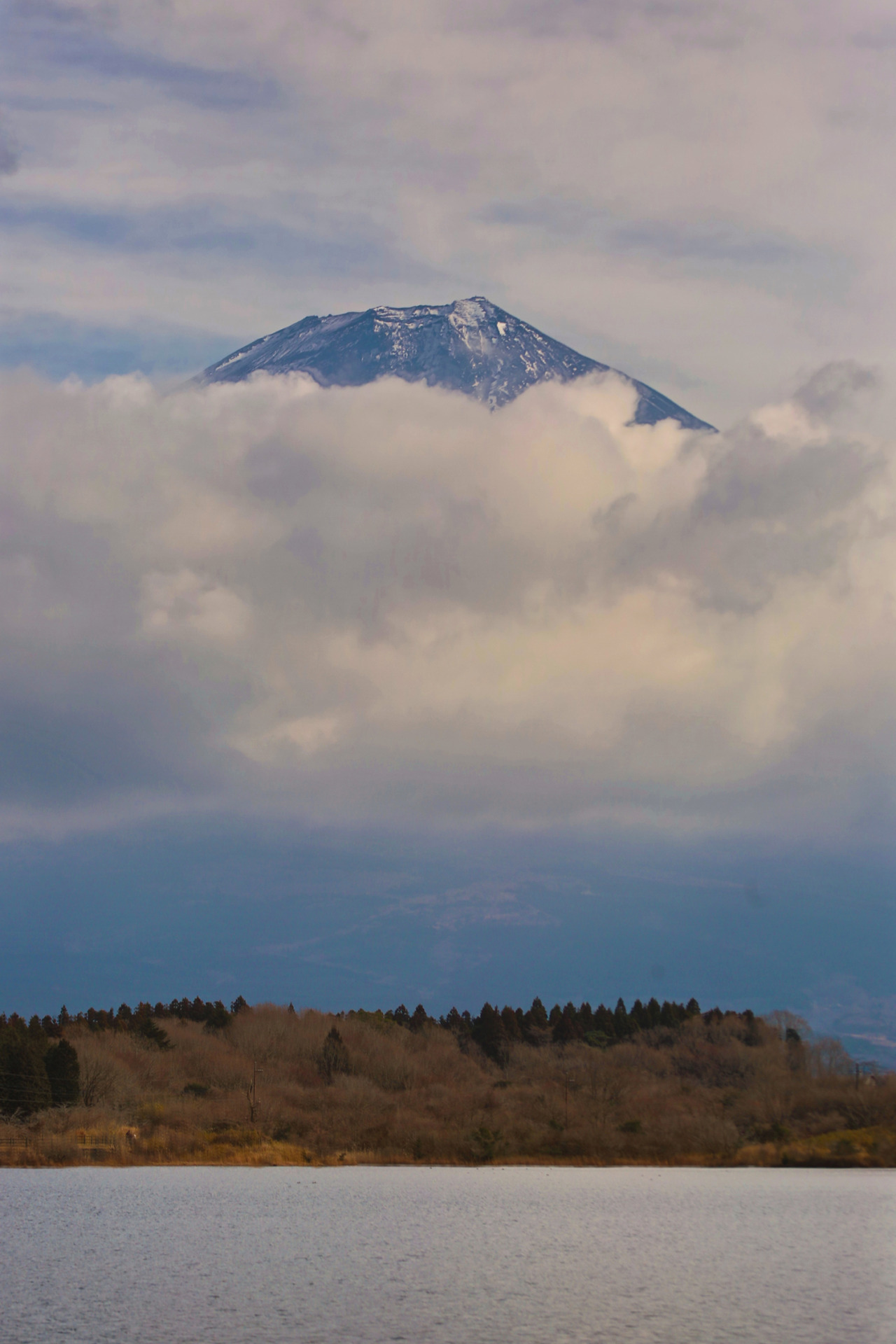
Drove from Tokyo in the morning with clear skies, by the time we got to Shizuoka the clouds rolled in. Can’t see Fujisan, look higher.
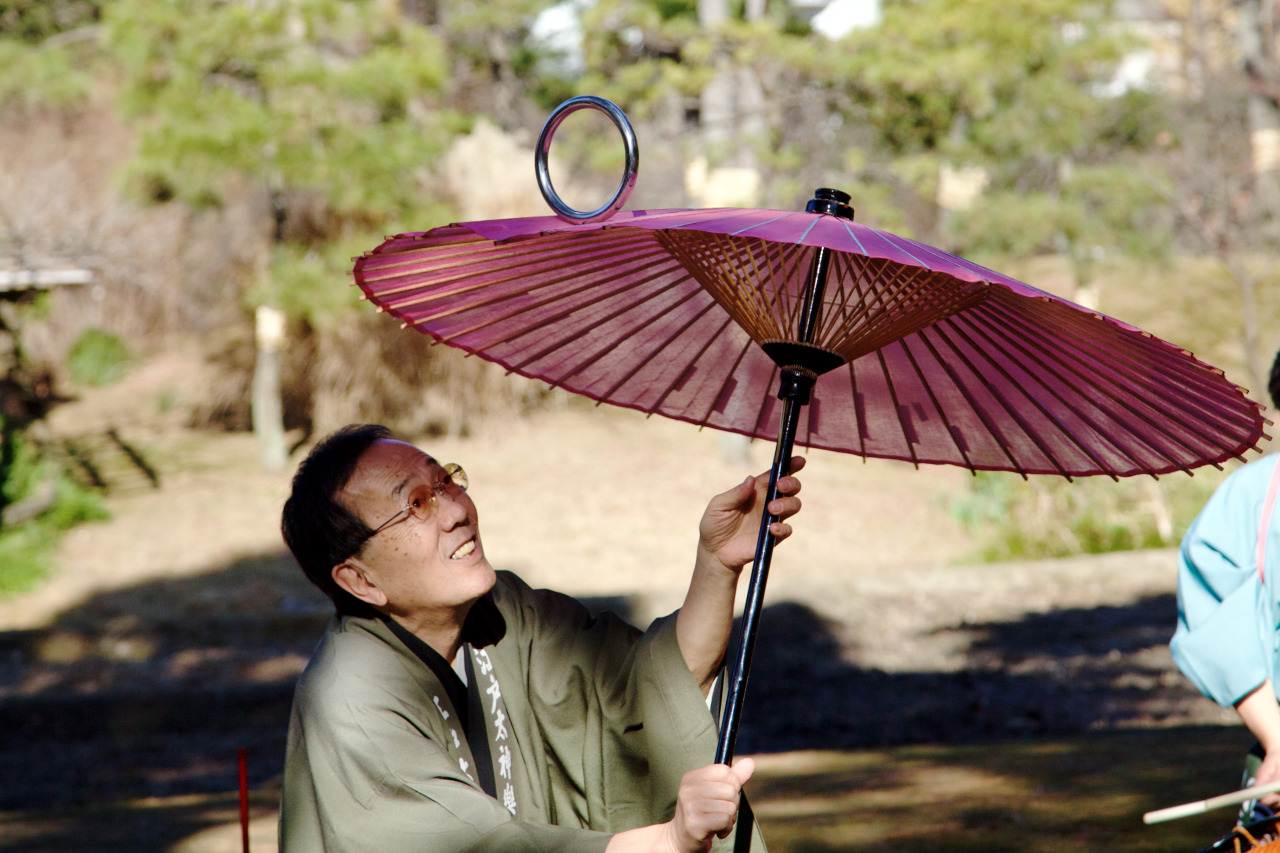
May your 2016 be full of new challenges!
(Man balancing and spinning a metal ring on an umbrella at Koishikawa Kōrakuen Garden.)
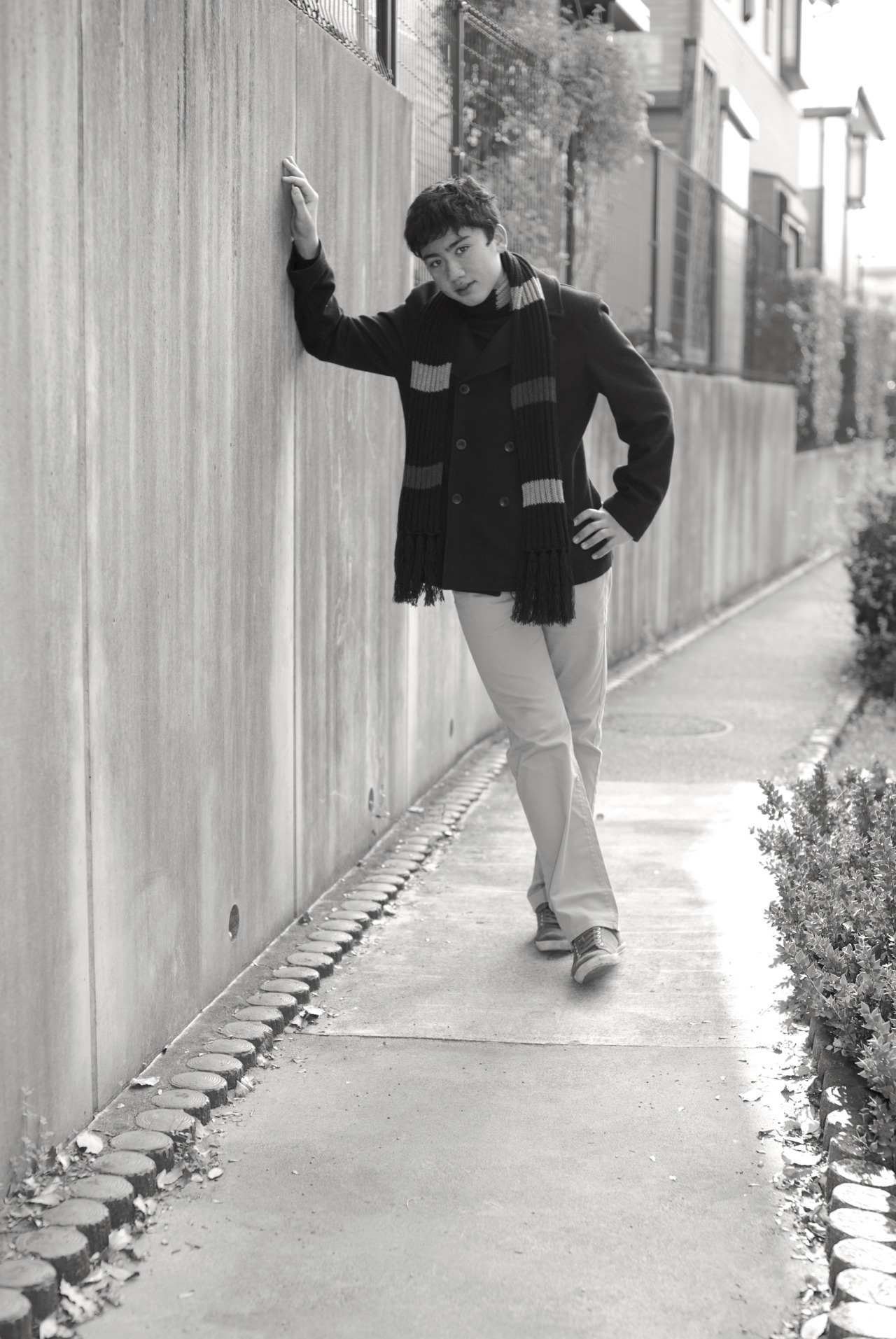
Tokyo Teenager in perspective.

Through cooperation with Yokohama Kimono Station we can now take you on a personalized photo-tour of scenic and historical Yokohama in a Kimono. We can even arrange a Jinrikisha. Inquires
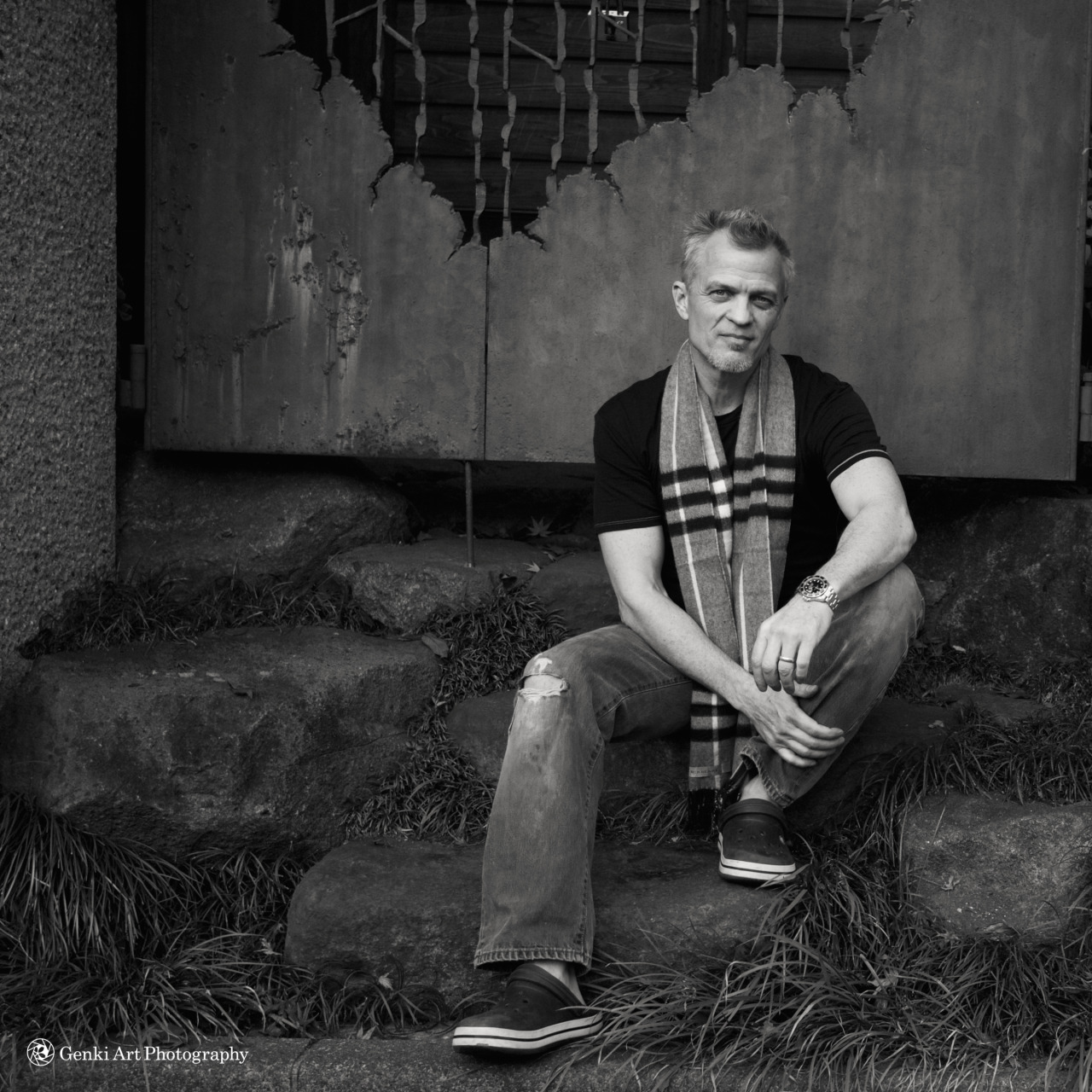
Taking a portrait? Leave space for you subject to breath.
Sometimes a portrait calls for getting up and tight, other times you can create more interest by giving your model an interesting and larger space to express themselves in.
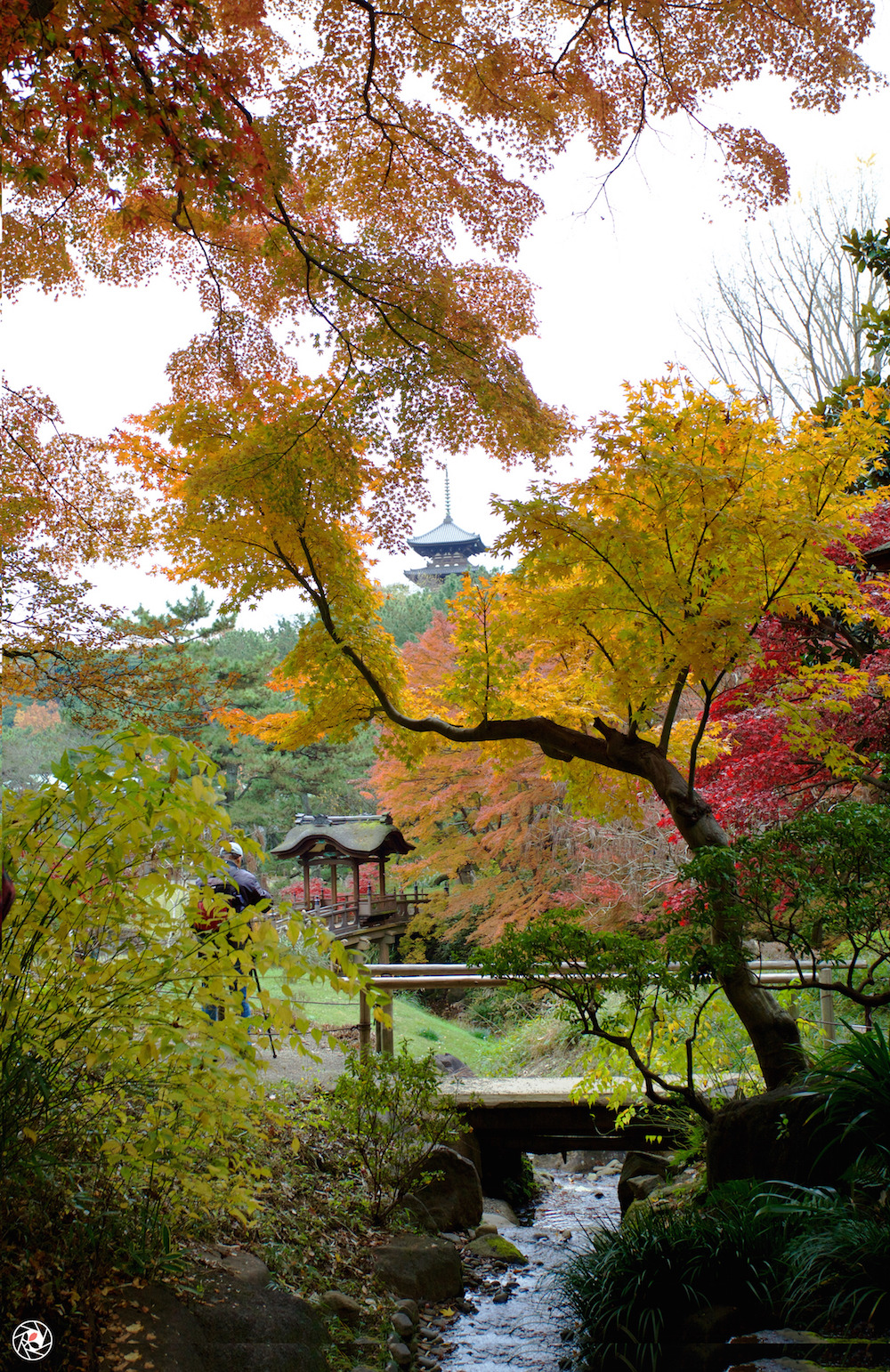
Vertical landscape, at Sankeien Garden in Yokohama Japan.

Sometimes the subject is inside the frame and sometimes the subject is the frame.
This image “Fall in Japan” was captured at Shinjuku Gyoen. Interested in photo-walks and lessons?
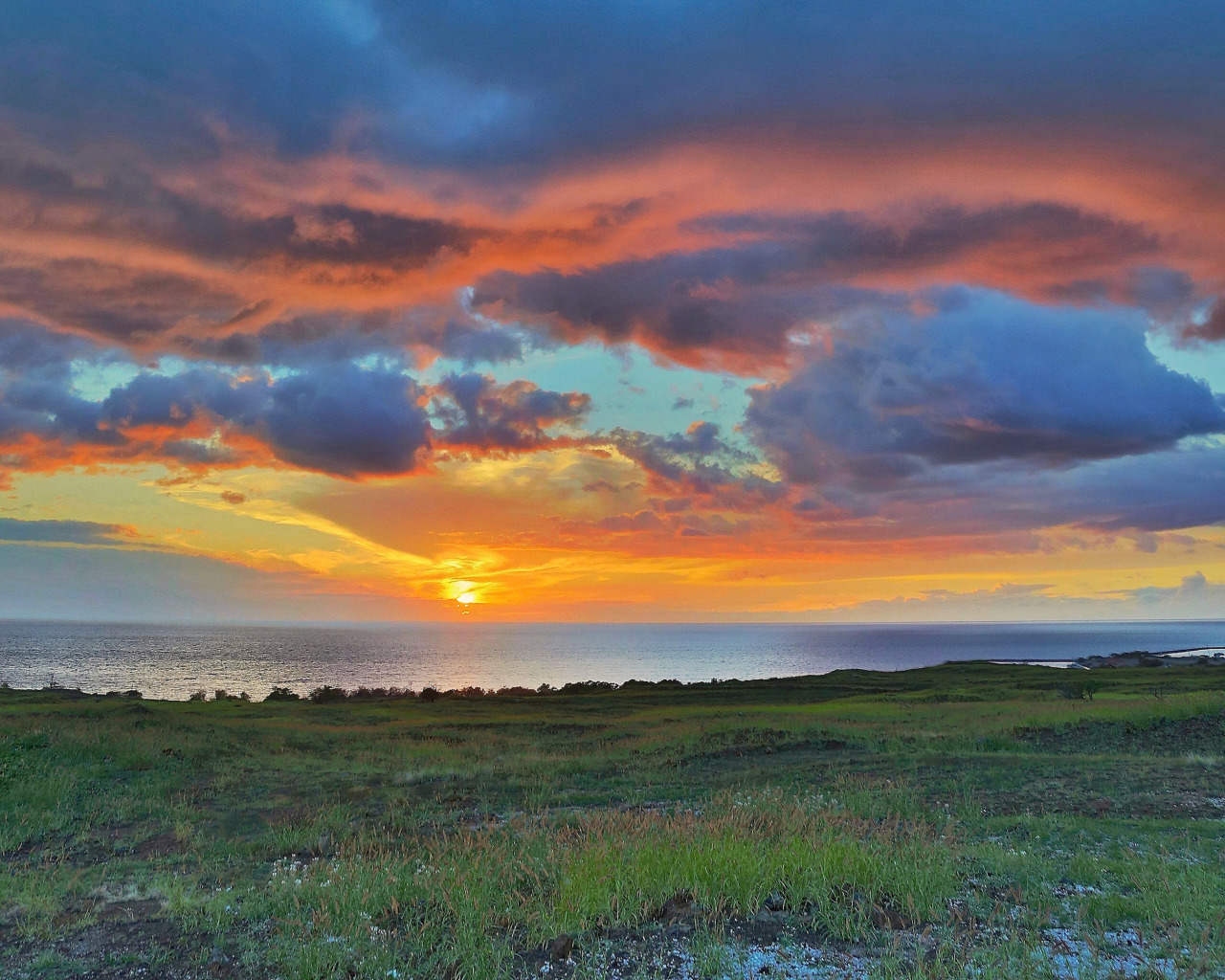
A scene from Hawaii HDR enhanced.
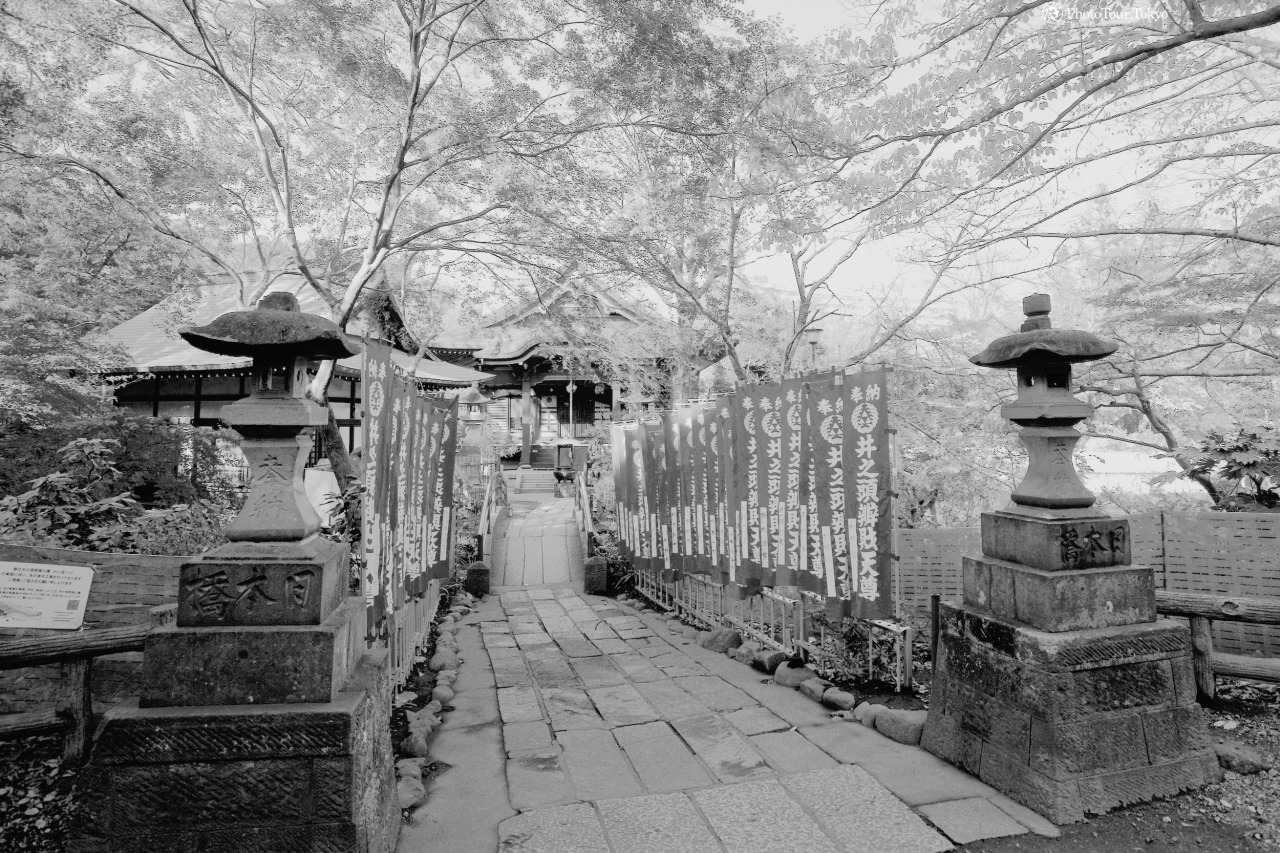
Sometimes the absence of color works too. Wide angle lenses don’t only increase the width of your photos they can also draw your eye down the center.
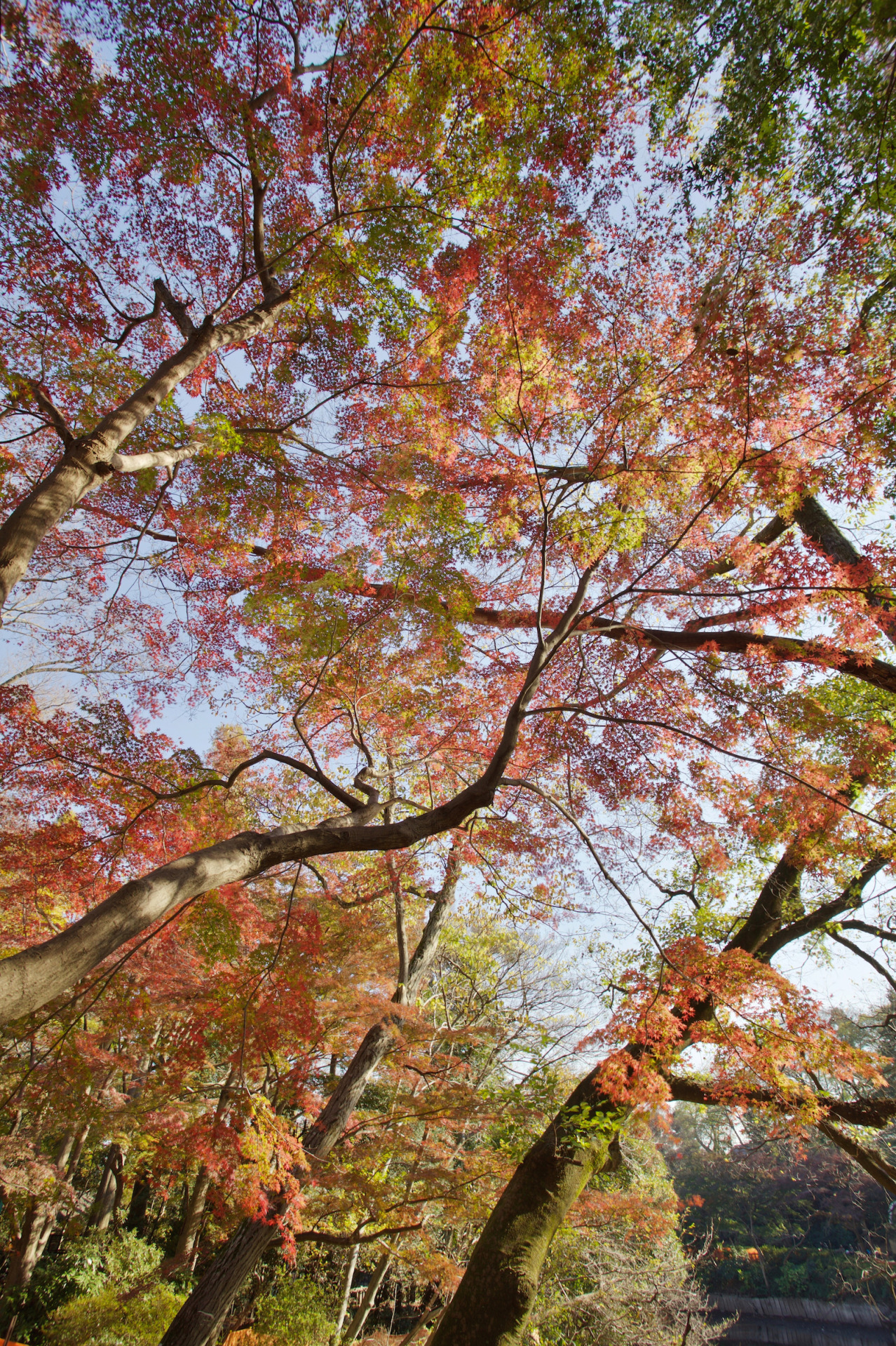
Reaching into color.
You can’t go wrong with nature. Try to find at least two points of interest, here I went with color and angles. Taken at Inokashira Park.
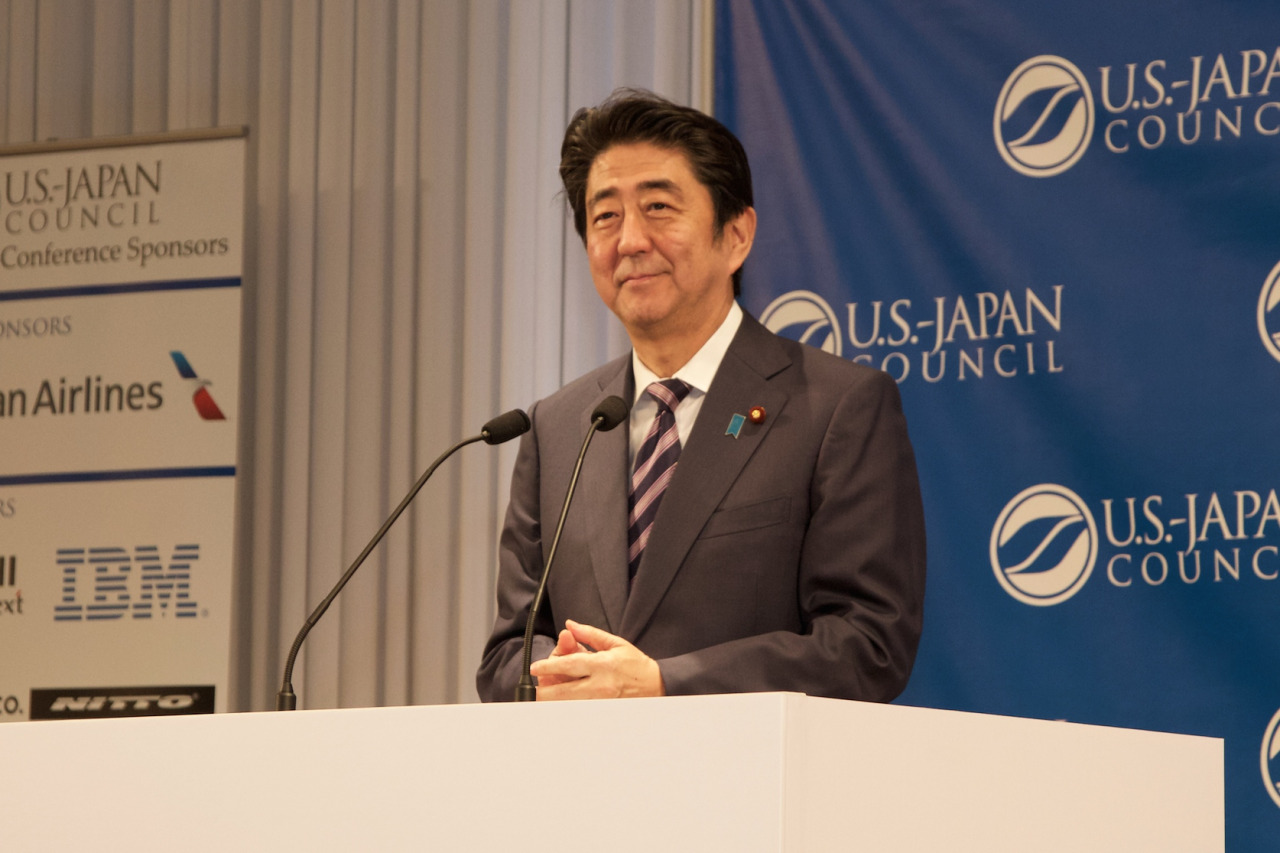
On November 9 and 10 had the pleasure of being the official photographer for the 2015 U.S.-Japan Council’s Annual Conference. The event featured many powerful and impressive speakers including Japan’s Prime Minister Shinzo Abe. Many photos can be found on the USJC site.
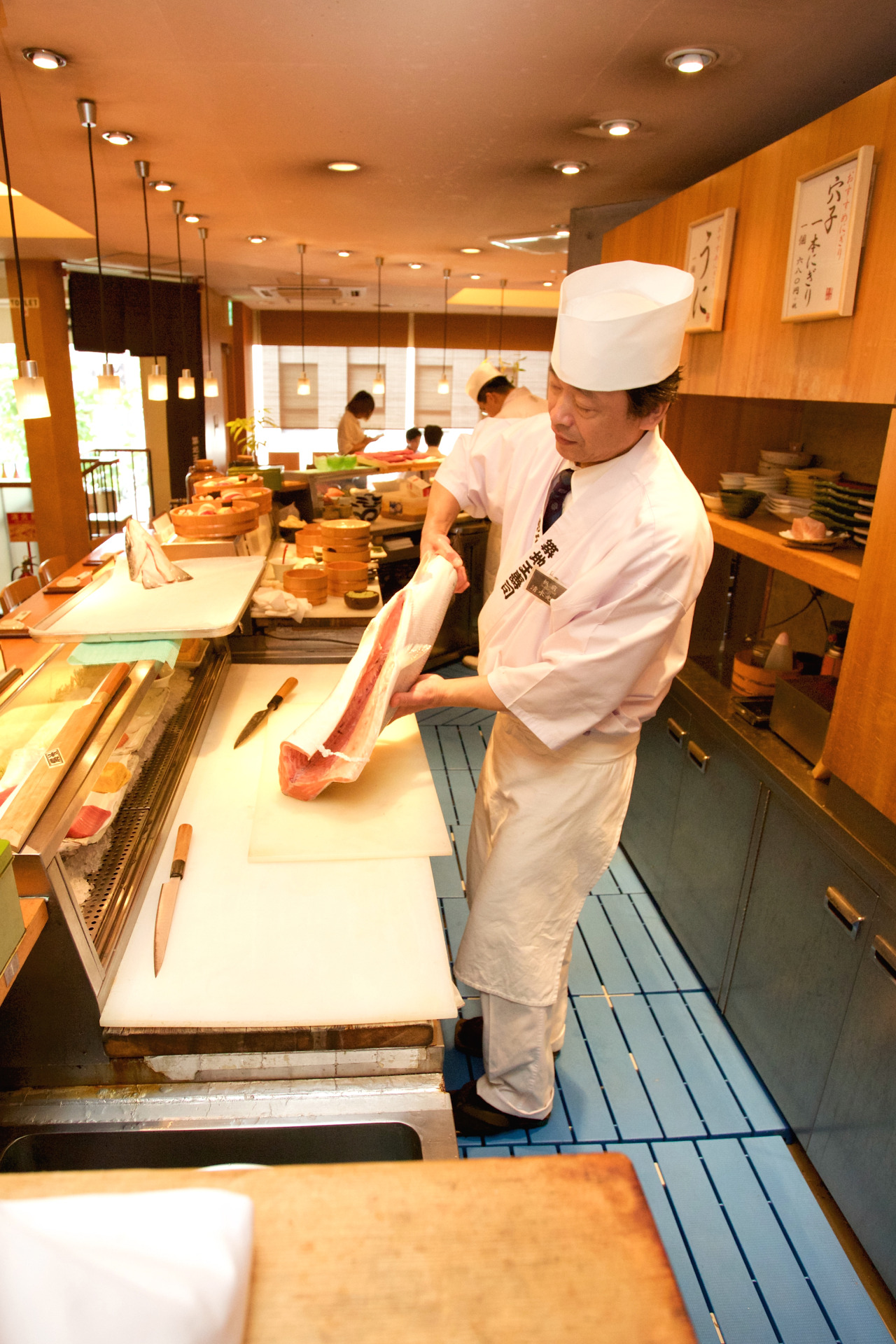
Sushi making lessons in Tokyo. Read my article on Deep Japan about the Tama Sushi Experience.
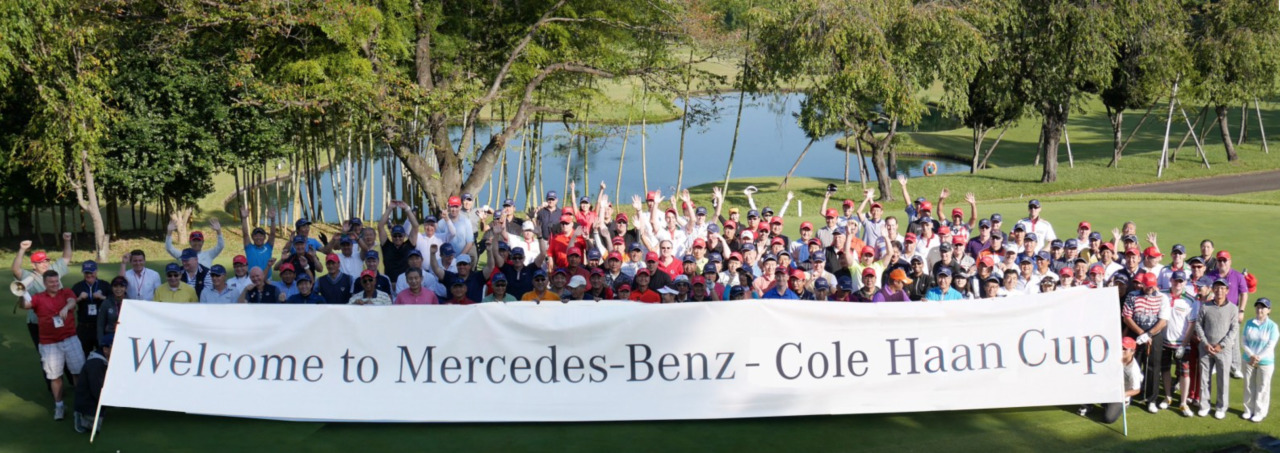
The October 9th Mercedes-Benz - Cole Haan Cup (The 13th North America - Europe Golf Challenge in Japan), which Genki Art Media was a sponsor was awesome.
The tournament’s record number of players (149) made the best of the fine weather, networking and spending time with friends, donating to the YMCA Challenged Children Project by participating in skill challenges, and meeting JLPG tour pro Asuka Kashiwabara. Team North America won, taking the Cup back from the Europeans with a team net score of 74.9 verses Europe’s 75.1.
This amateur tournament is organized by the ACCJ, CCCJ and EBC for their respective members. Genki Art Media gave away two on-location portrait sessions as raffle prizes.
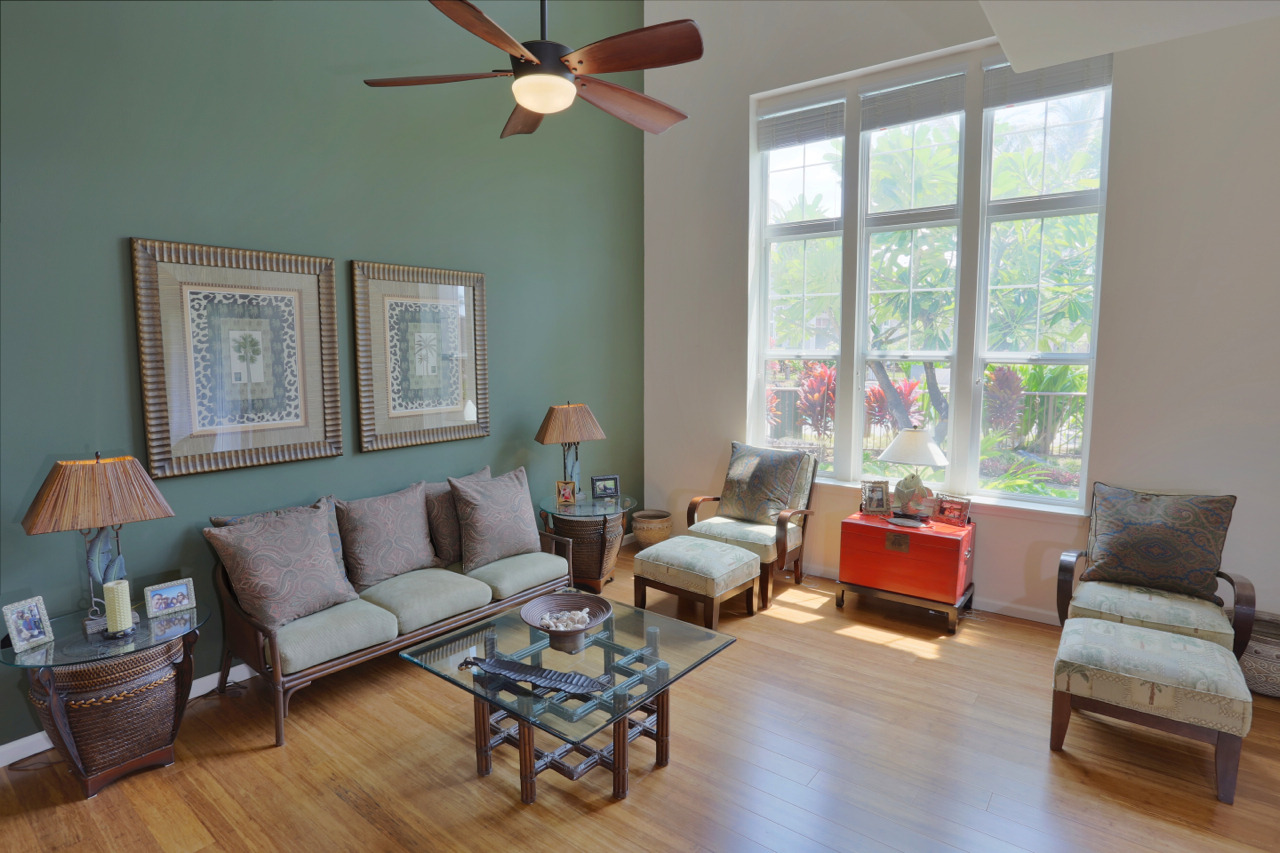
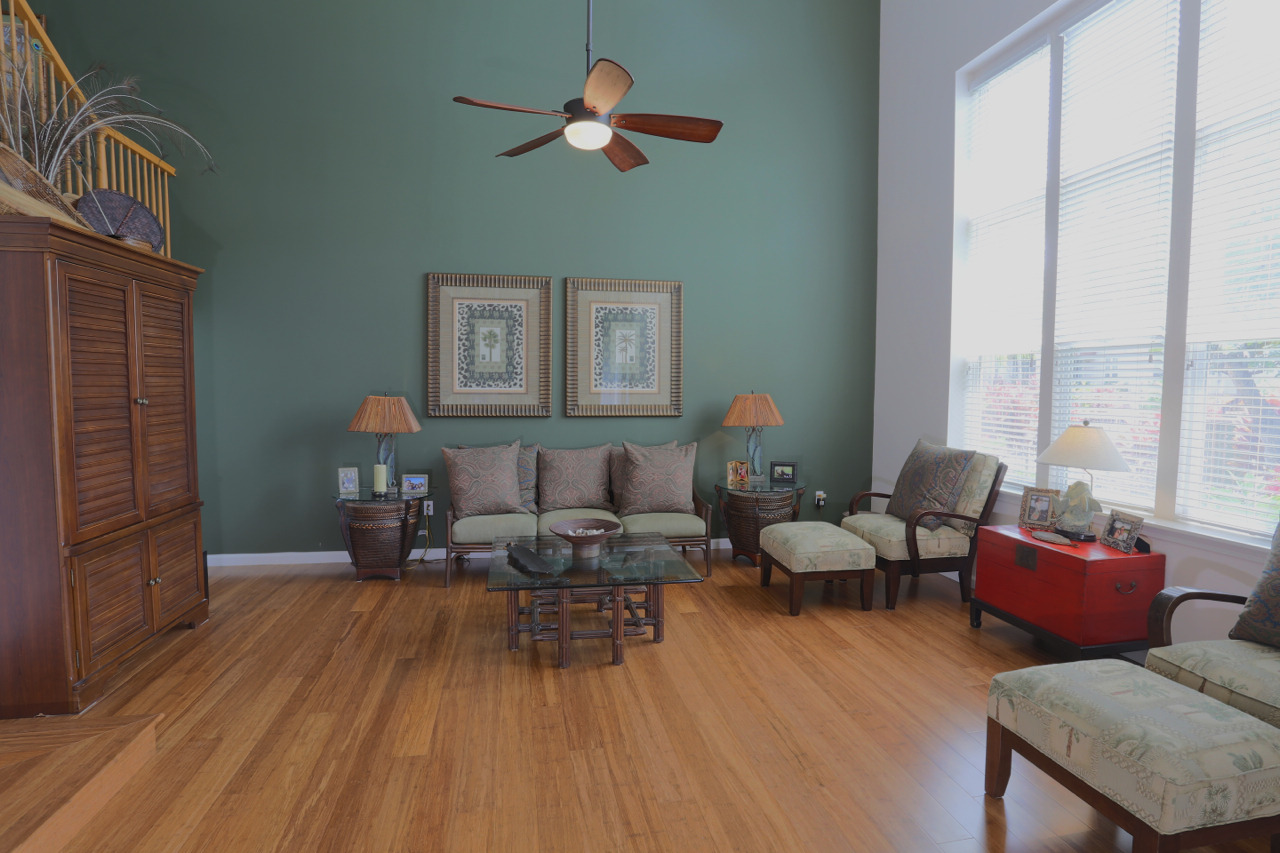
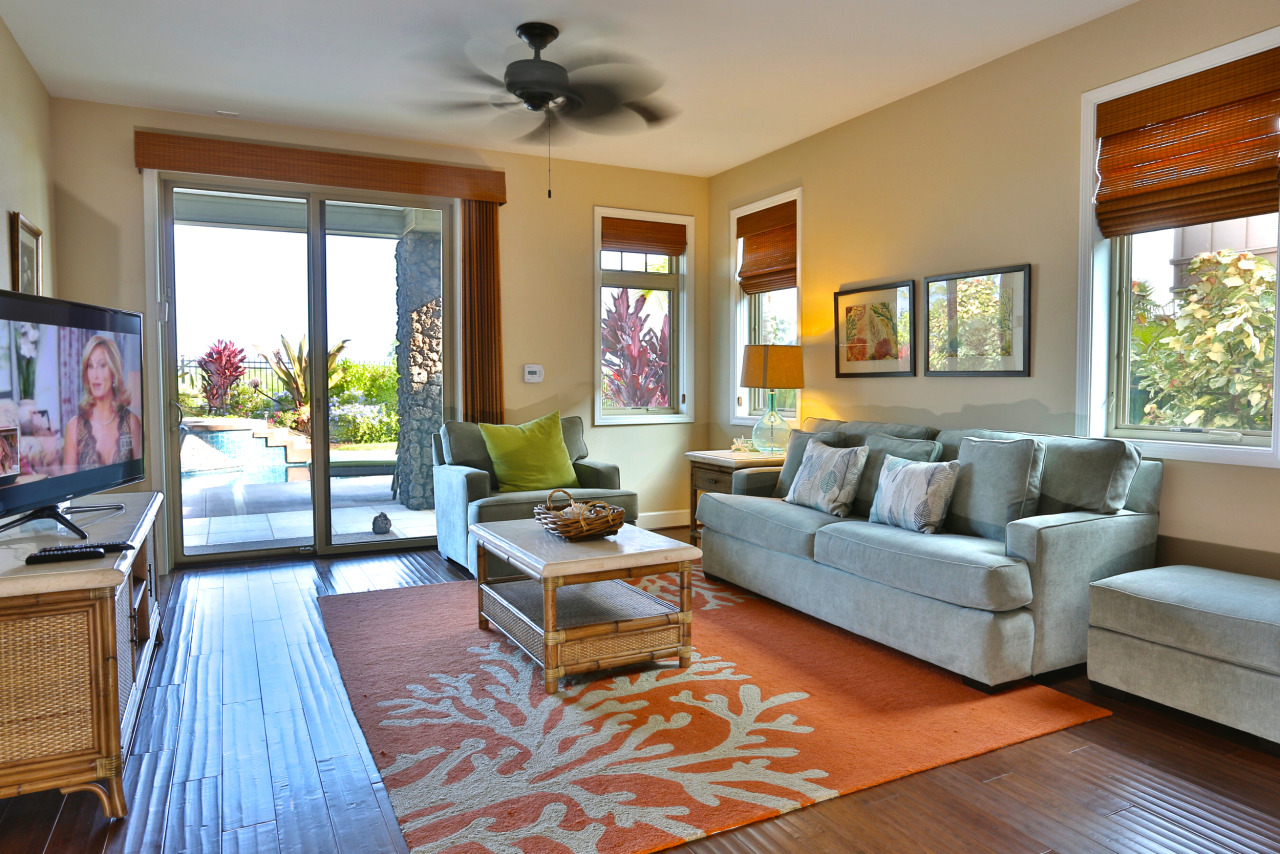
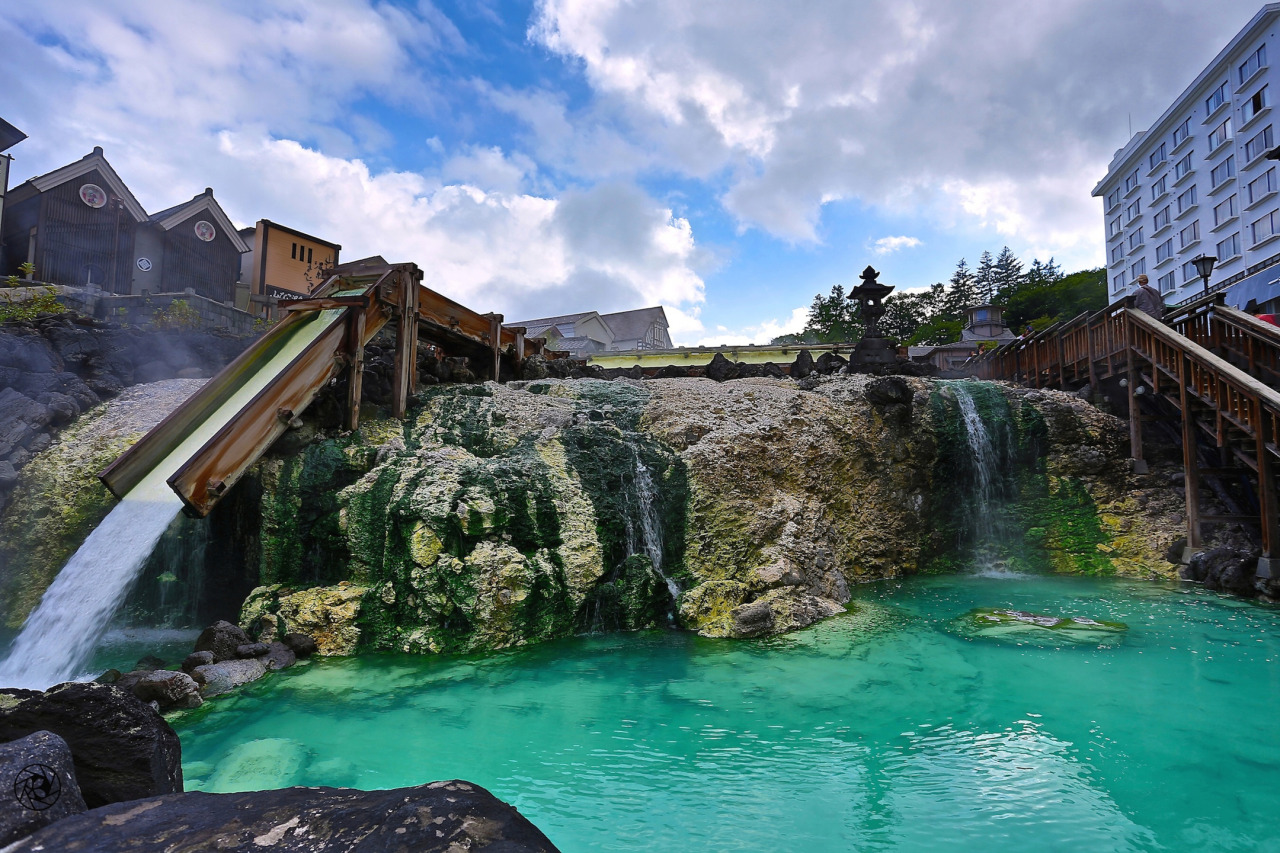
Amazing Kusatsu Onsen (Hot Springs) in Gunma Japan.
This is a photo of the base of Kusatsu Yubatake (the hot water field). Kusatsu hot springs is one of the best regarded in Japan and is notable for the sheer volume of hot spring water and its unique and potent mineral makeup.
Thinking about where to go to relax in Japan? Consider going to Kusatsu. The surrounding nature is awesome, the town is scenic and friendly and there is plenty of top class Japanese style lodging and food to enjoy. More information
This is a new PhotoTour.Tokyo destination and I’m looking forward to taking clients there.
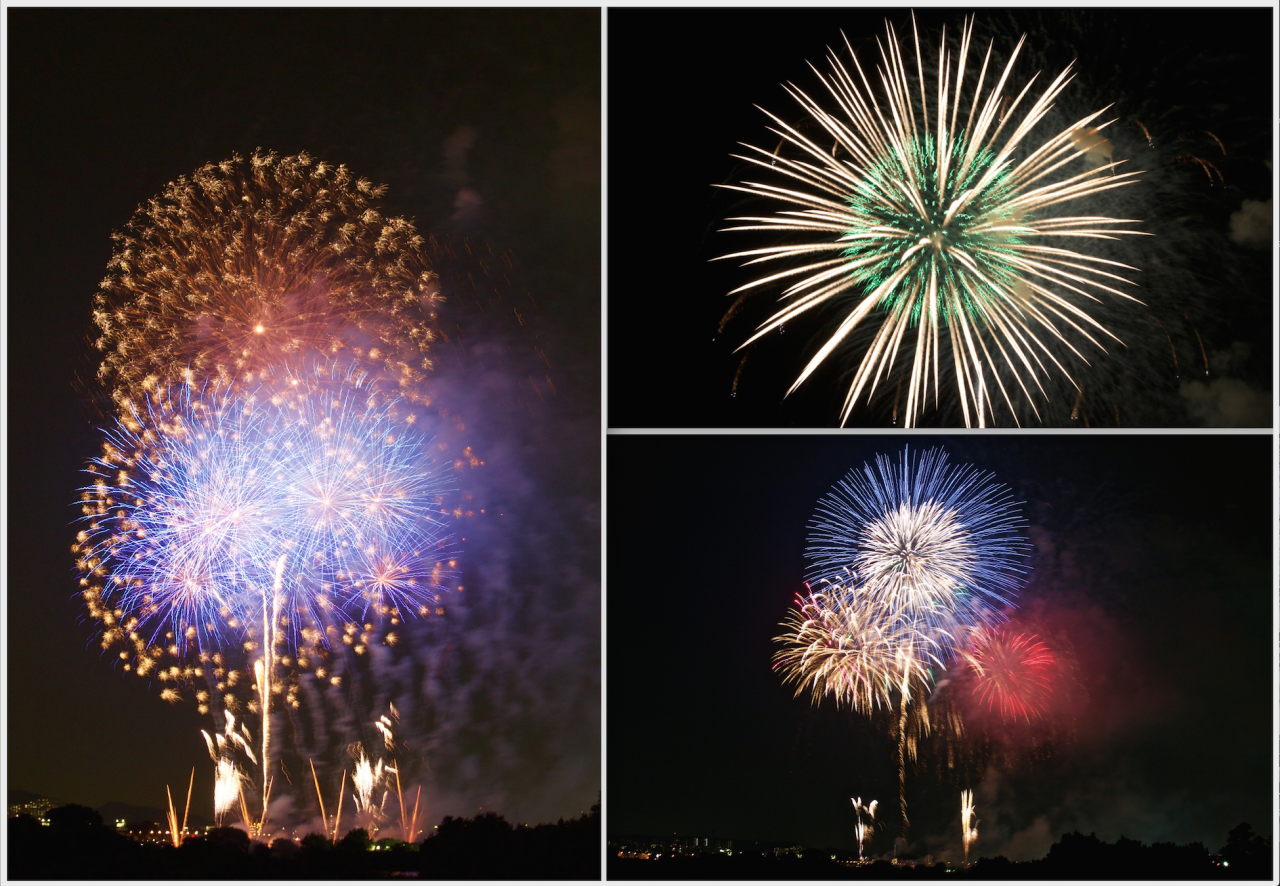
Photography Tip: Photographing fireworks is easy. Here are three tips that will help you. When it comes to fireworks long exposures are your friend, try anything between .30 of a second to about 2 seconds. The longer the exposure the longer the lines will be. Use a tripod or a unipod. Get close or use a long lens. Cropping in the edit is good, but if you rely on that too much you will end up with grainy images.
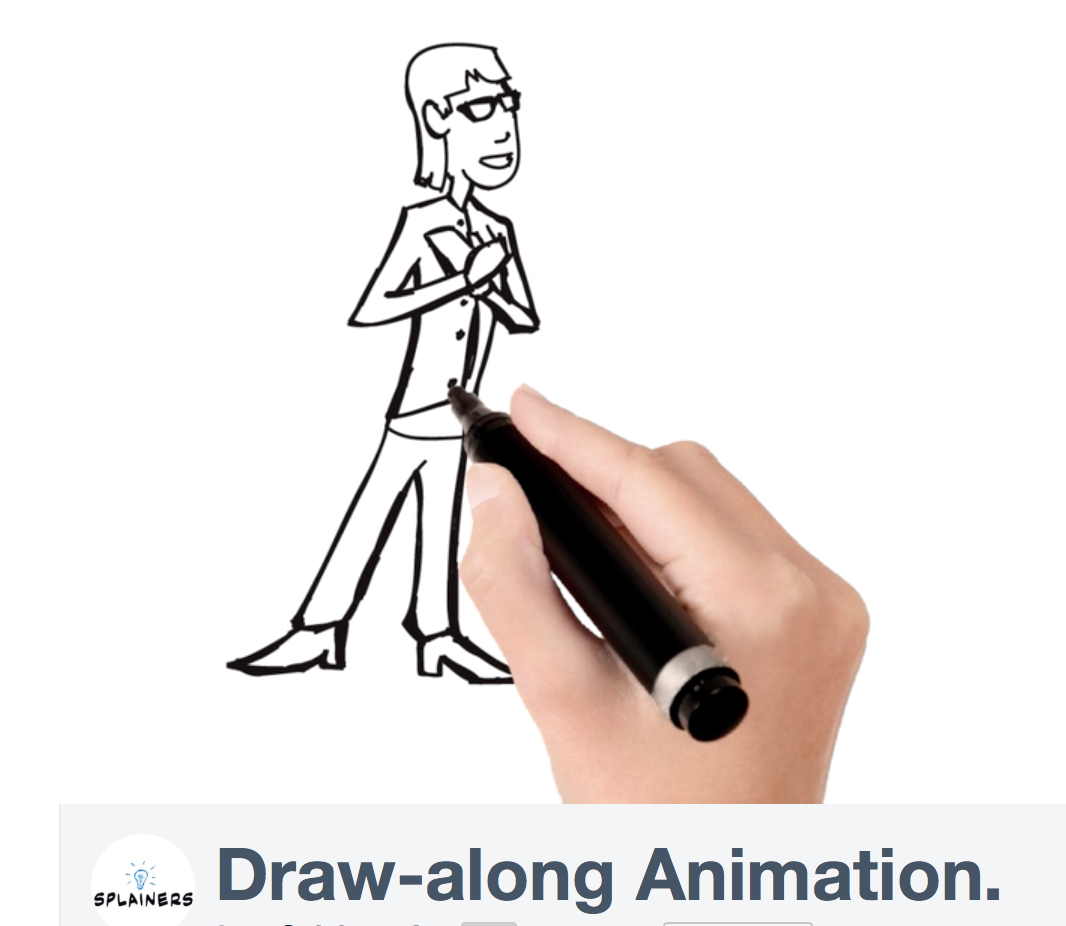
Draw-along animation is just one of many styles Splainers use to help you tell your story. Check out some samples here. Yes, we can do videos in Japanese. If you want to learn more contact Aron at aron@splainers.com.
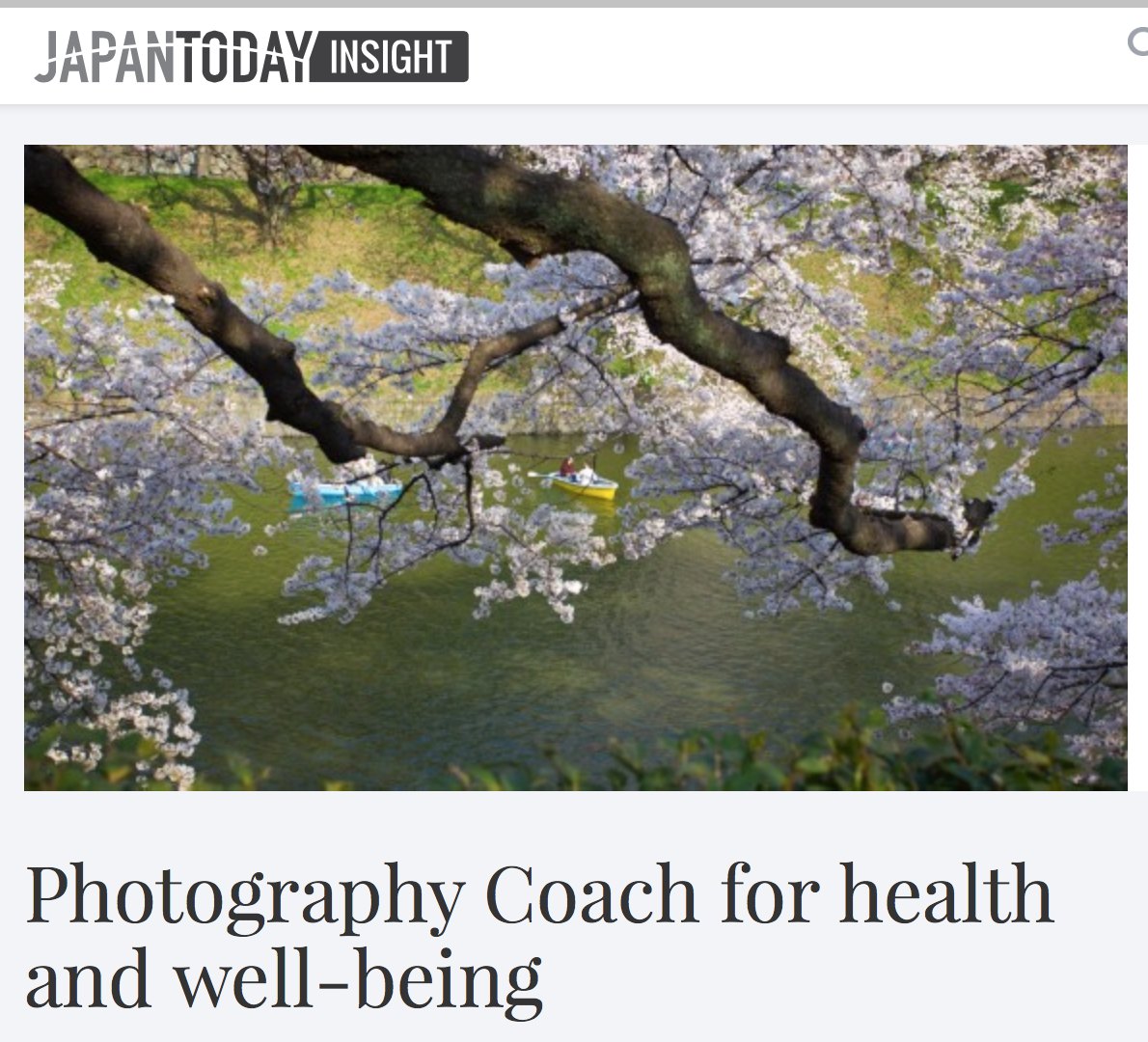
Read here about my partnership as a Photography Coach with HealthyTokyo.com.
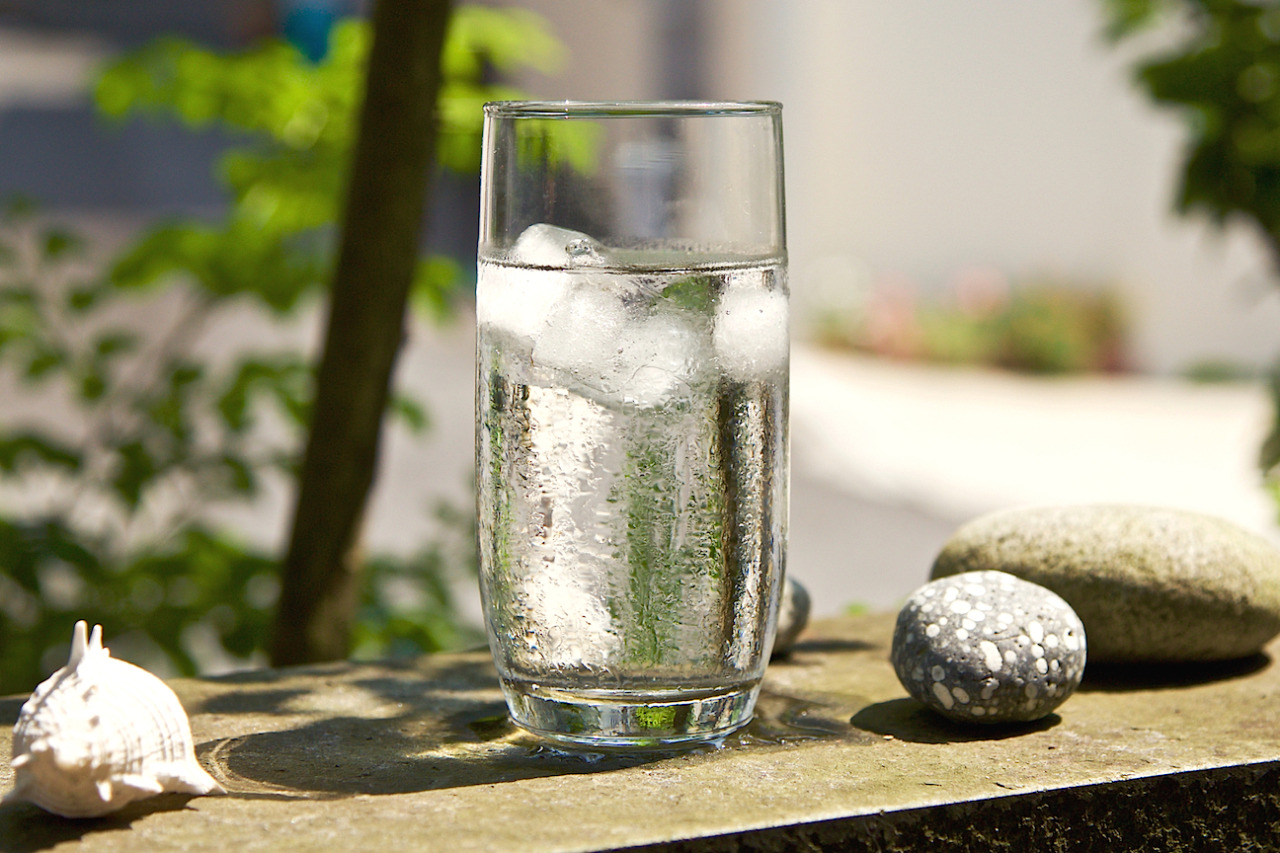
Summer heat, condensation and your camera equipment.
It has happened to most of us, we come out from an air-conditioned location, pull out our camera to find the lens clouding with condensation. Beyond being a shooting inconvenience, repeated exposure to moisture isn’t the best for your gear either. Here are some suggestions to will help you reduce condensation and keep your gear in good condition.
With all that said, improved materials and water sealing has made modern equipment more robust, so there is no reason to get too carried away.
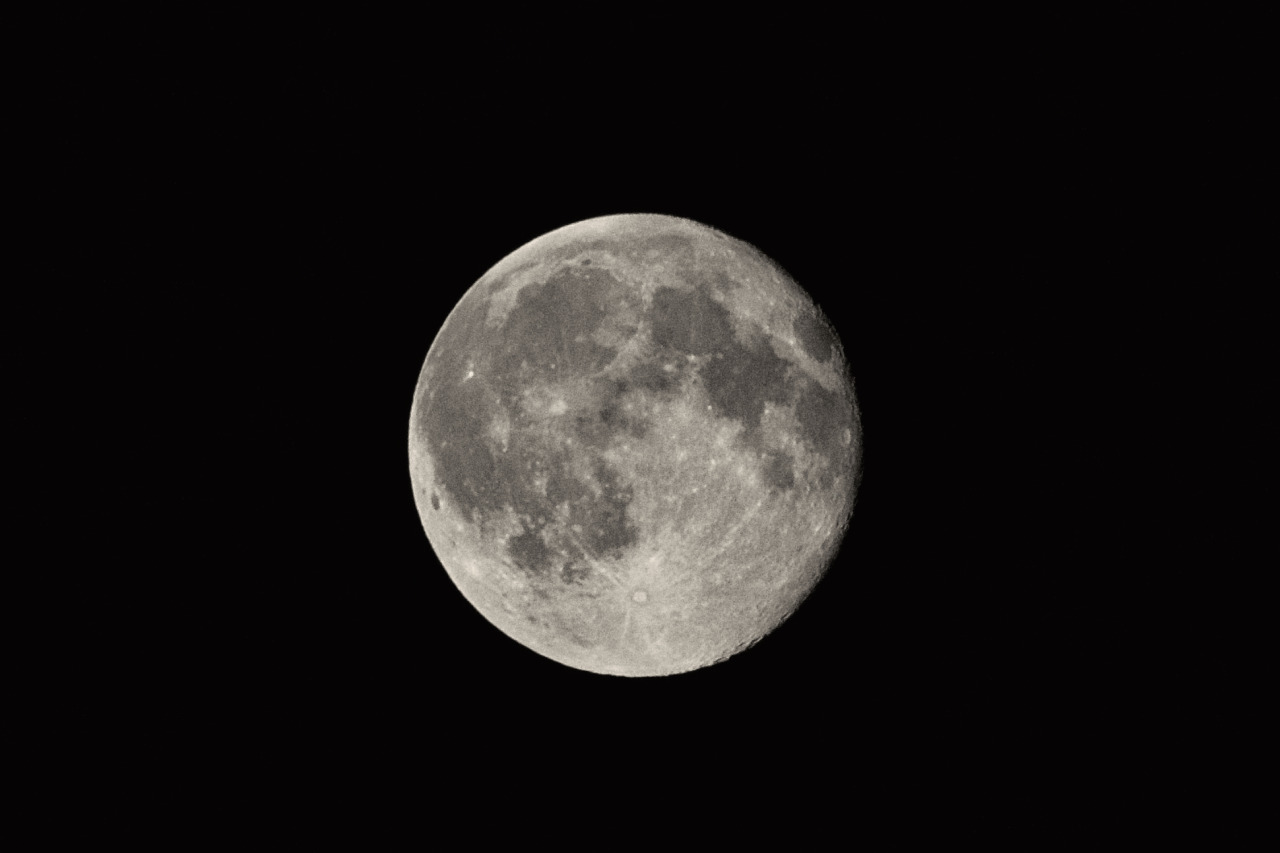
Photographing the moon? A long lens is a big help or maybe even a prerequisite, but not all that is needed most of the time.
Set the ISO high, but not so high that you end up with too much grain, put your light meter on “spot” mode, so you’re actually taking the light reading off the moon and set the shutter speed around 250 or faster, unless your camera is on a solid tripod using the camera’s timer or a remote shutter release. If the auto-focus is struggling to get a good read try manual focus. Finally, if the moon is still too bright try closing the lens a f/stop or two.
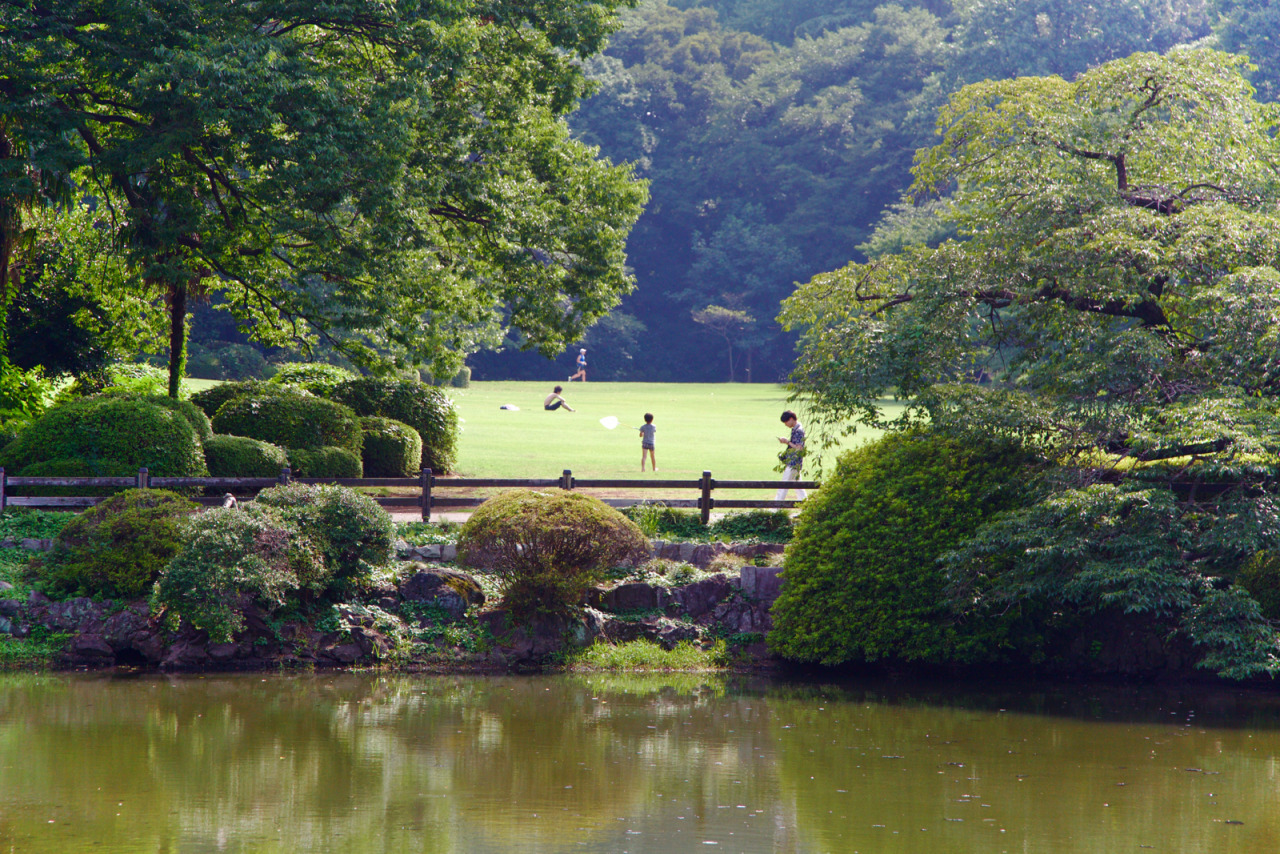
Relax and take some photos in Shinjuku Gyoen.
My recent post in Deep Japan. Go by yourself or get a photography lesson.
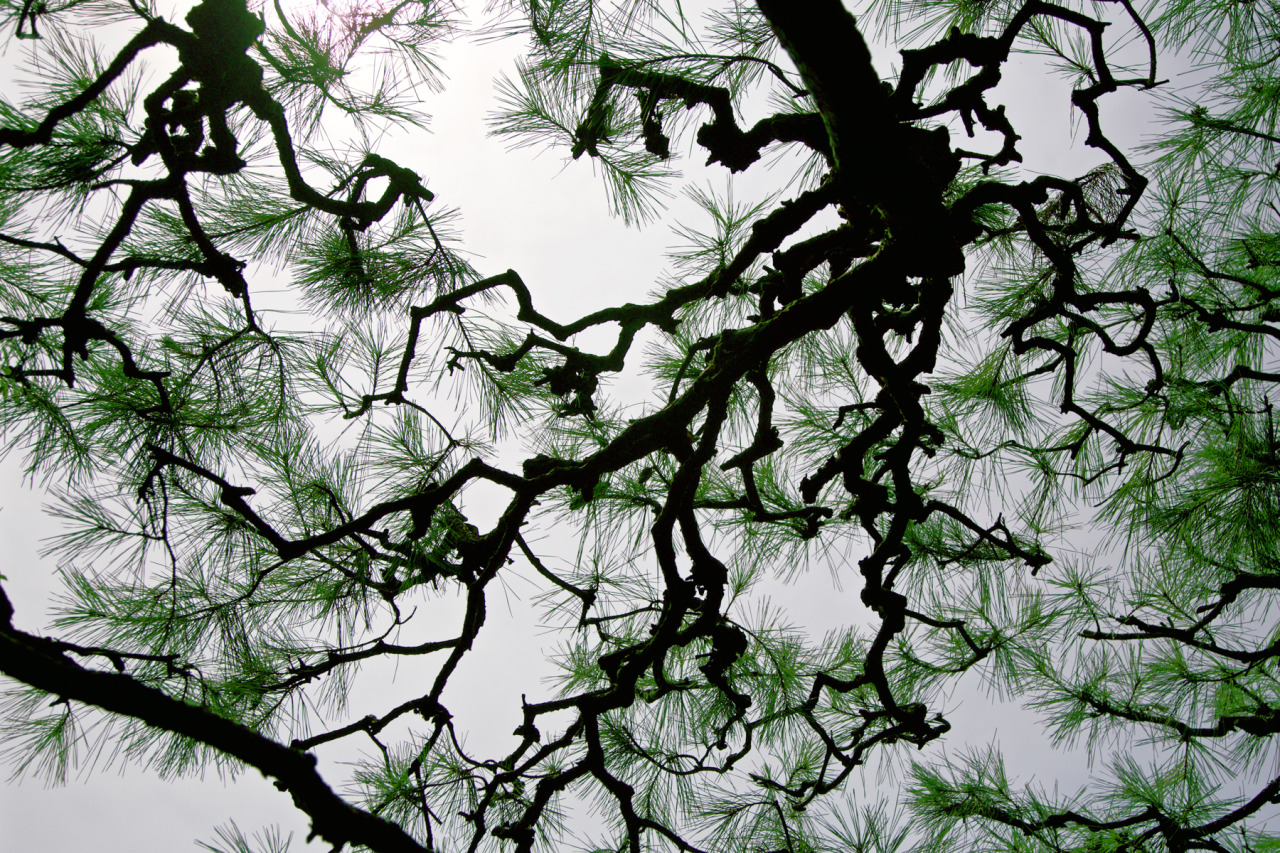
If something strikes your eye as interesting it probably is.
People say content is king and I won’t argue it’s not, but you don’t need to be in an exotic location, or in front of iconic places, or the right spot for a magnificent sunset, or have a breaking news come to life before your eyes to capture photographs interesting to others, but more importantly to yourself.
Trust your eyes, if you find yourself looking at something for more than a couple of seconds there may be something of interest to capture. Think about what exactly is interesting and then capture it.
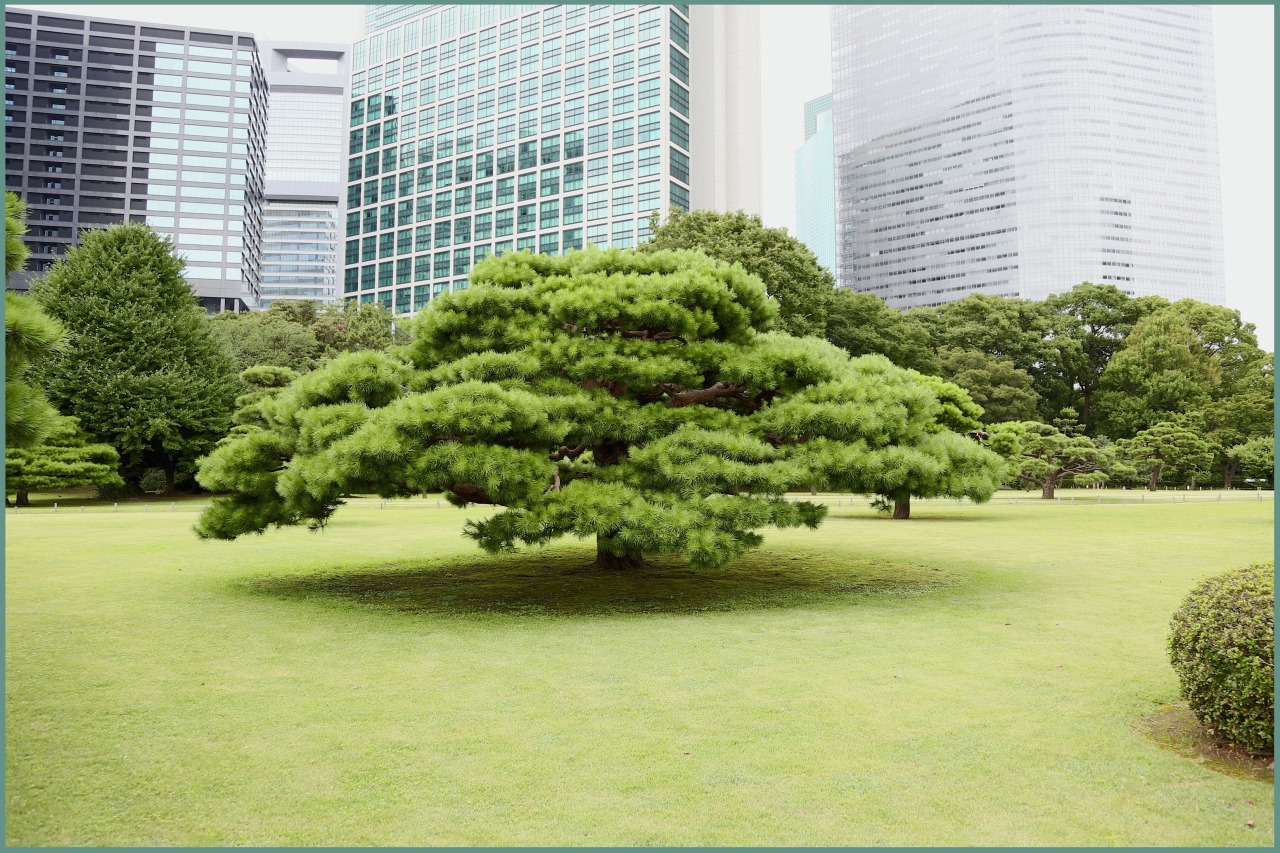
Photography is a bit like golf, if you are planning to go out on a photo-walk and get dealt poor weather do it anyway. I’m not saying to bring your equipment out in a downpour, but don’t let overcast skies get you down, just consider it a challenge and adjust your game plan.

Protect your investment, use protective filters.
Despite all the hype about camera bodies, when it comes to photographic equipment lenses are your biggest investment. Chances are if you’re serious about photography and have decided on a format and a brand you are investing in glass, and by now you are aware quality glass is expensive, really expensive. And even if you are not a lens maven, you’ll agree that keeping the lens on your camera in top form for the life of the camera is vitally important.
Unfortunately, lens glass is easily damaged and a single scratch or smudge which can damage the lens emulsion will greatly reduce the lens’s value to you. At Genki Art we avoid touching the lens surface even with professional grade camera lens tissue if we can help it. Fortunately protection is easy, simply use a protective lens filter. Any camera store that sells the lens will also sell filters. A good quality filter will have minimal impact on optics and is durable enough to be cleaned with professional grade lens tissue and in the worst case can be replaced relatively inexpensively.

I’m pleased to announce I have recently been added as a Photography Coach to HealthyTokyo.com, an English language based health and wellness support service in Japan. As a photography coach I provide walking photo tours of Tokyo. Why not see Tokyo, reduce stress though activating your creativity and learn photography at the same time?
Sign up for HealthyTokyo and look for me, Aron Kremer. Those who signup for premium membership receive a special offer.
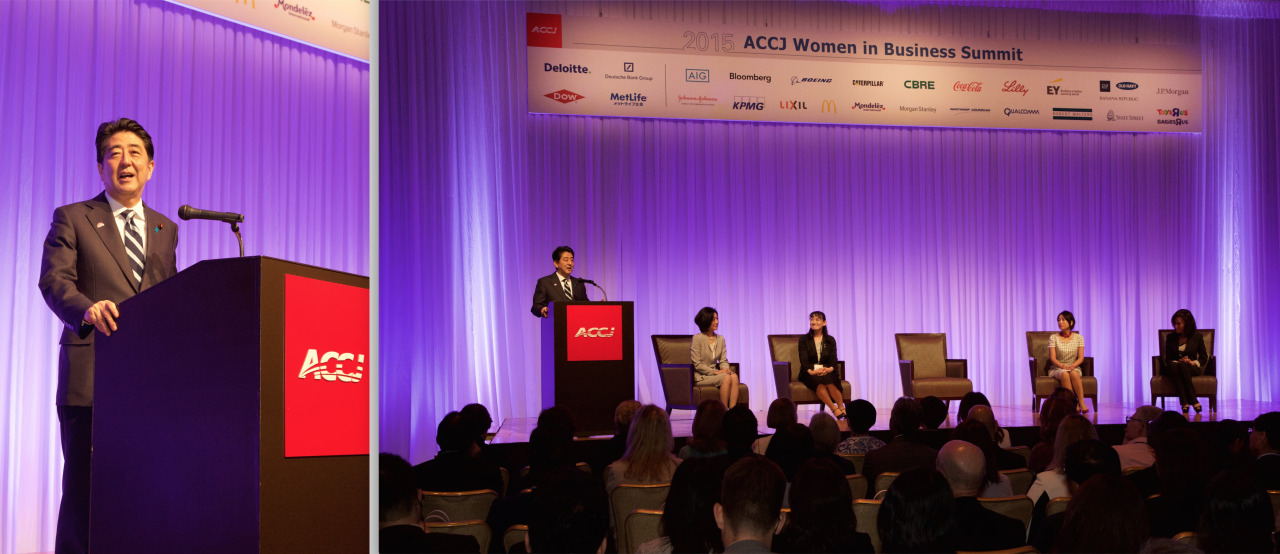
Genki Art Photography captures Japan’s Prime Minister Abe addressing the 2015 American Chamber of Commerce in Japan (ACCJ) Women in Business Summit.
June 29, 2015 Prime Minister Shinzo Abe participated in the American Chamber of Commerce’s Women in Business Summit. The ACCJ commended the Prime Minister for “including womenomics in this revised growth strategy for Japan and for urging all private and public sector entities in Japan to have women in 30% of all management positions by 2020.”
U.S. Ambassador to Japan Caroline Kennedy also addressed the audience and participated in the summit.
Over 700 members and guests attended the full-day event at the ANA InterContinental Tokyo featuring several speakers, panel discussions and participative break-out sessions.
Copyright ©2023. All rights reserved Genki Art Media & Aron Kremer